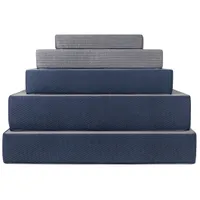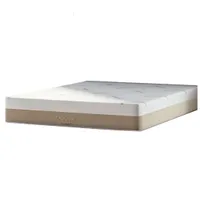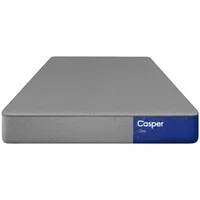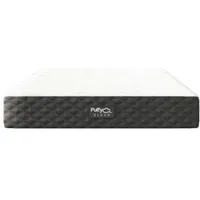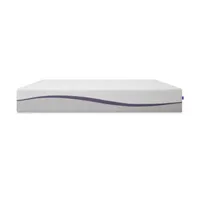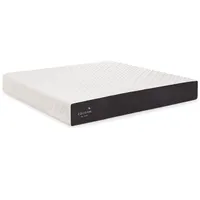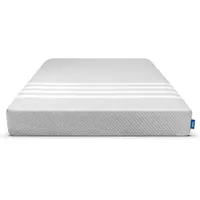Best memory foam mattress 2025: 7 expert recommended beds for cushioned comfort
We've tested all the best memory foam mattresses to bring you this guide to the top 7 for all sleep styles — recommended by experts
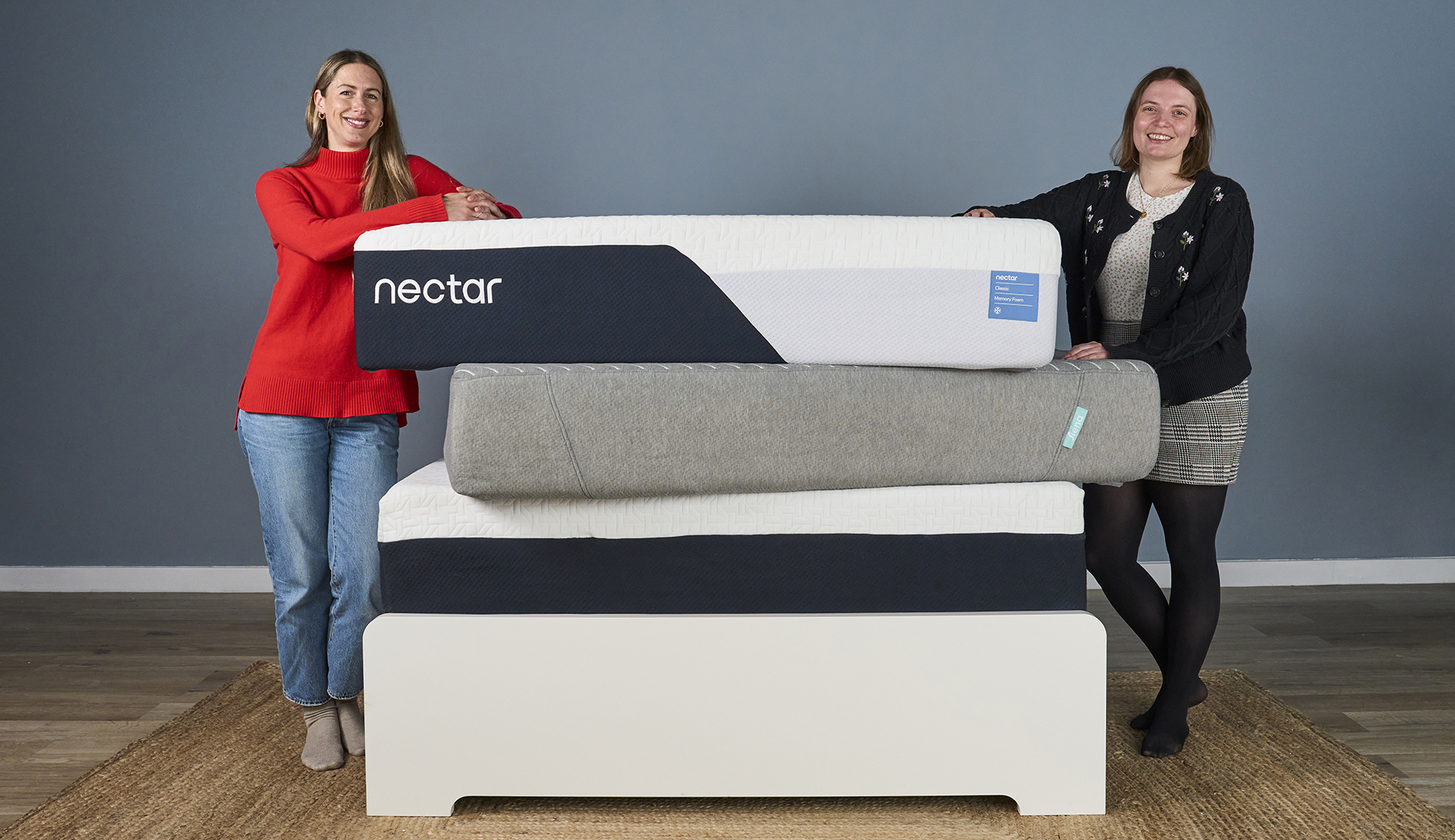
Memory foam is known for its ‘body-contouring’ feel, a cozy sort of hug that can help reduce aches and pains as you rest. In this round-up of the best memory foam mattresses we've tested in 2025, we’re exploring our favorite all-foam beds for every sleep style, recommended by our expert team.
Memory foam beds rate among the best mattresses we've tested that you can buy online, and while best known for their cushioning, there's an all-foam mattresses for every sleep style (yes, even stomach sleepers.) After analyzing the data from our rigorous mattress review process, we've identified the memory foam beds that excel in key areas such as comfort, support and even temperature control.
Memory foam mattresses are often among the most affordable beds in the mattress sales and you’ll find many of our top choices on Amazon, including Zinus and EGOHOME. We’ve also rounded up some luxury options, such as the Tempur-Pedic Tempur-Adapt, for those who want to indulge in their sleep. Read on to find our top memory foam mattresses for all sleep needs.
1. The best memory foam mattress overall of 2025
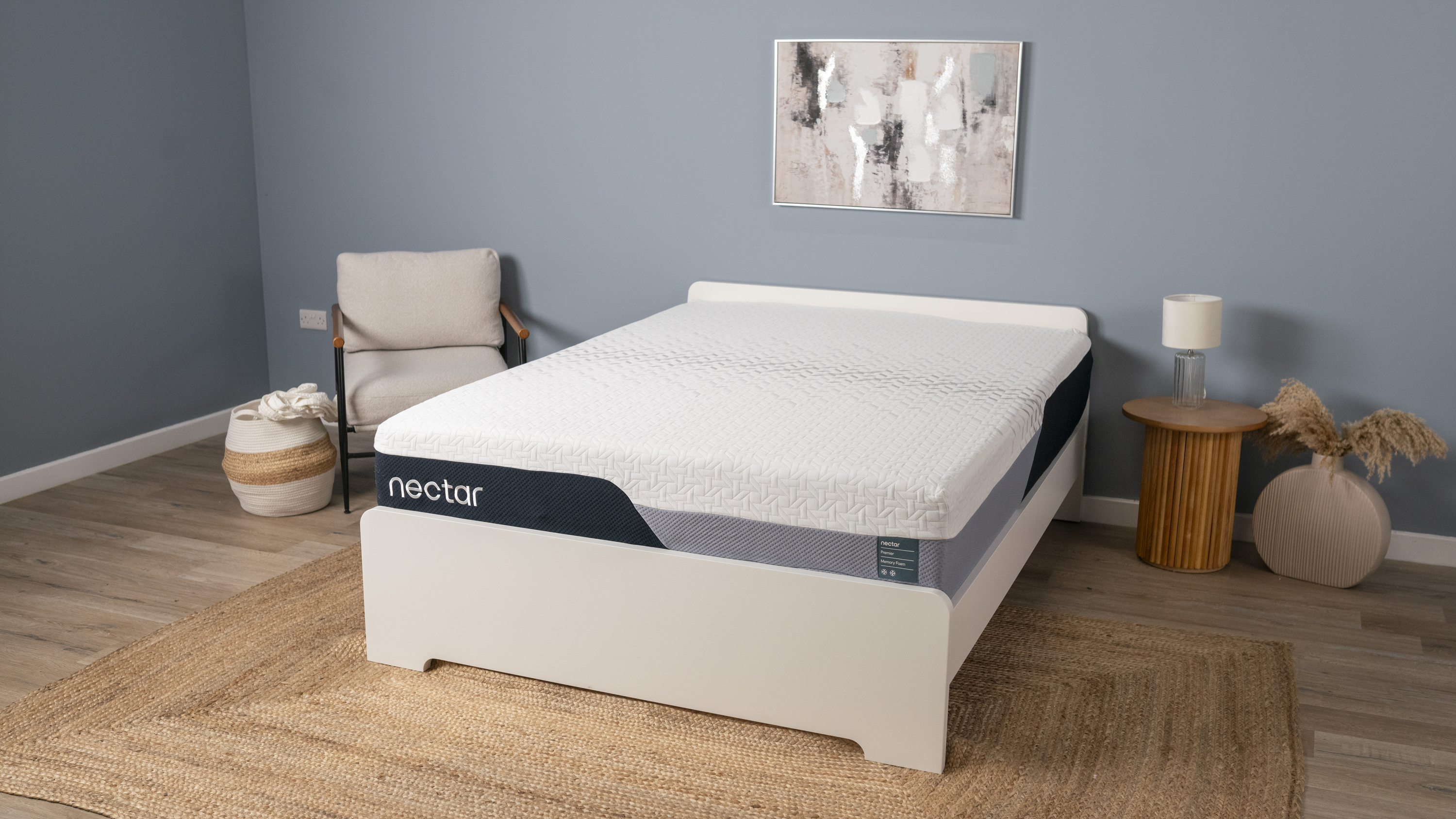
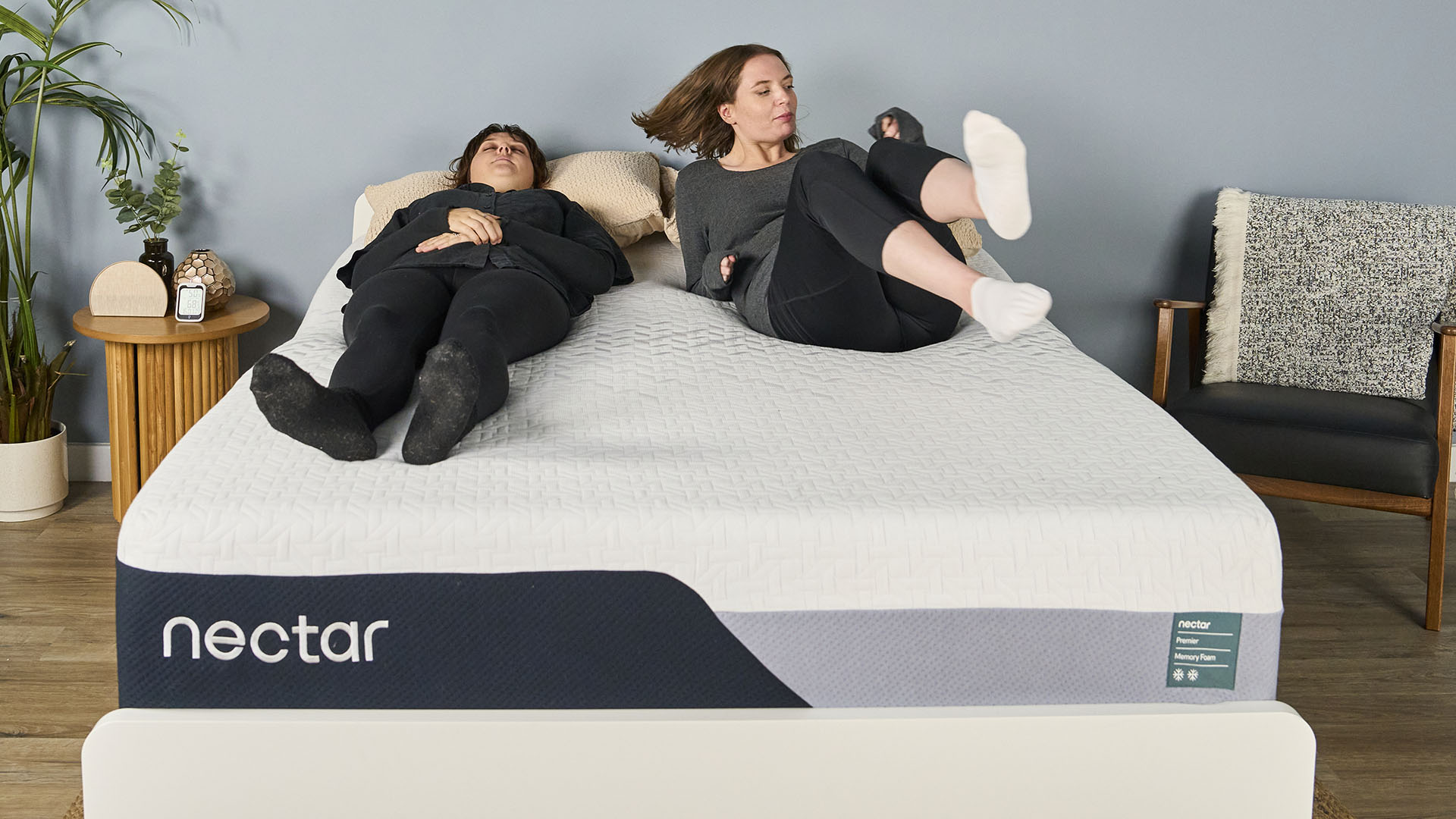
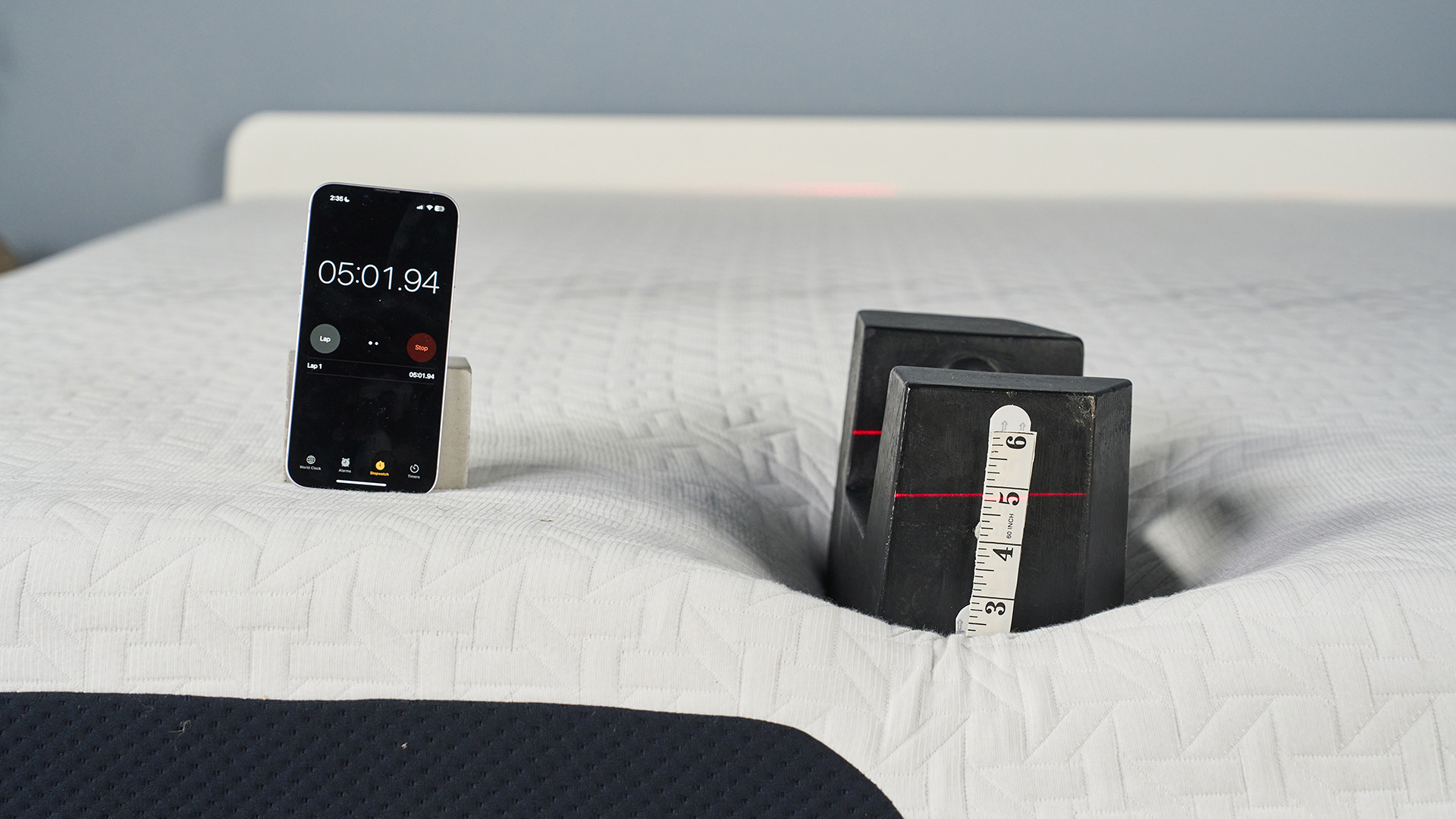
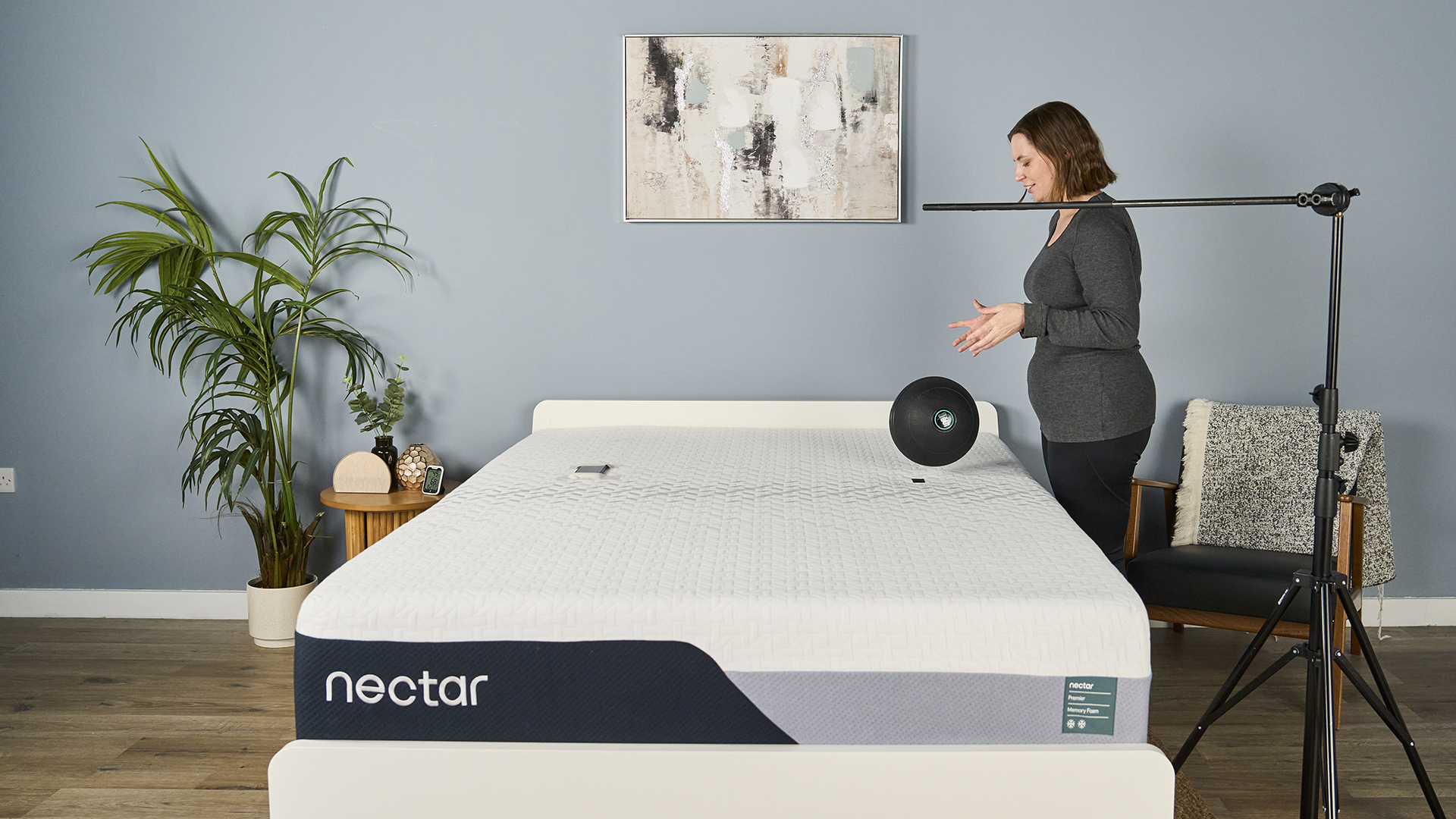
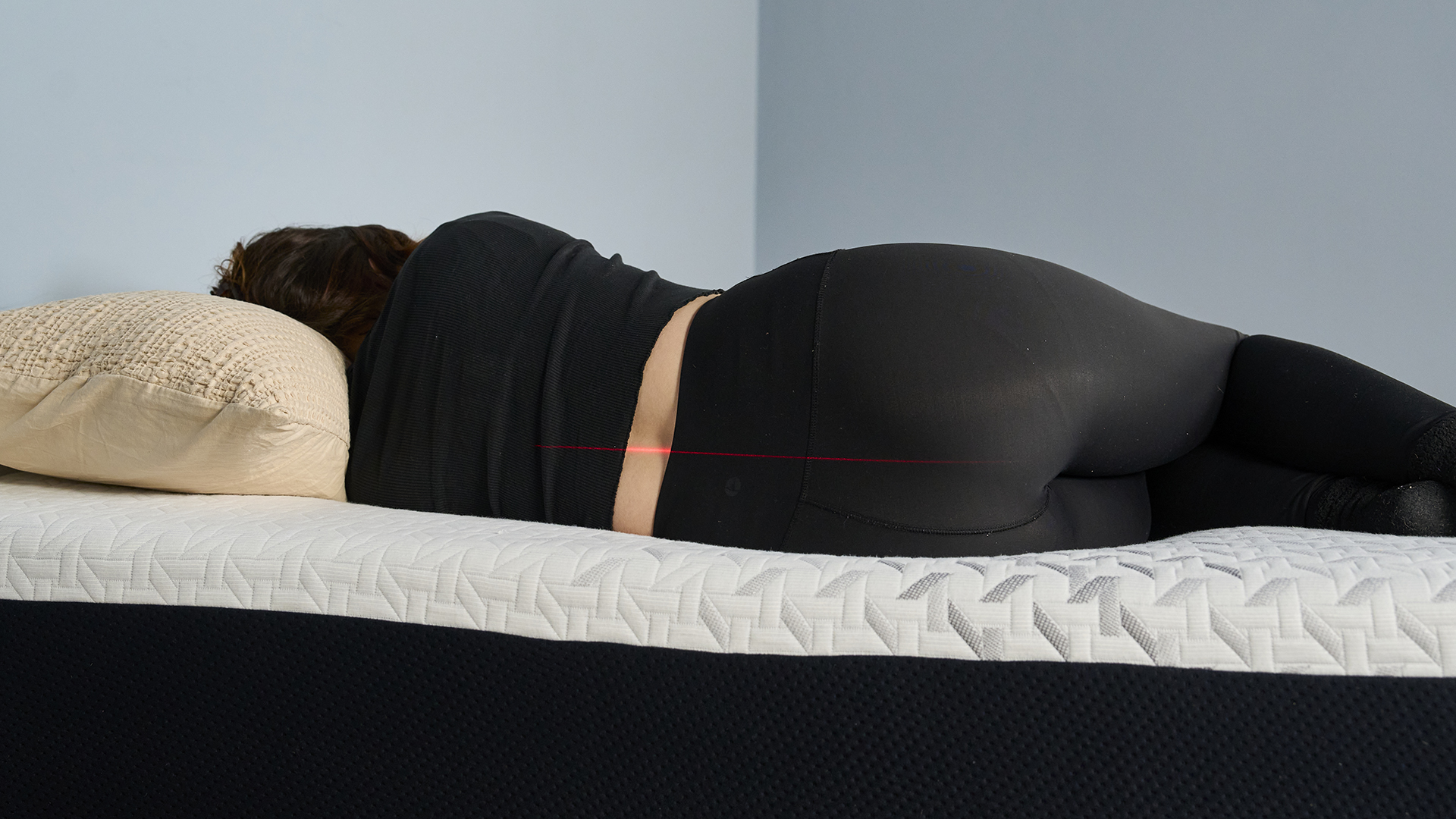
Specifications
Reasons to buy
Reasons to avoid
The Nectar Premier Memory Foam delivers a luxury feel, superb pressure relief and incredible motion isolation, all at a mid-range price tag. At 13 inches tall, it combines plush comfort layers with a sturdy base to create a "sumptuous and supportive" feel our testers loved for side sleeping.
We've retested the Nectar Premier from head-to-toe to determine that it's earned its place in this guide. During our objective testing, we noted our 25kg weight sank around 4.125 inches, suggesting good pressure relief with sturdy support. That's backed up by our hands-on testing: the side and back sleepers on the team found the Nectar Premier instantly contoured to their joints to relieve aches, with more of a traditional foam 'hug' than beds like the DreamCloud or Siena. it's one of the best mattresses for side sleepers we've tested.
The Nectar Premier aced our lab tests; our thermal cam showed the foams could quickly dissipate heat (a common weak spot for all-foam beds) and although it doesn't dampen movement quite as quick as the Siena, it still takes just seconds to absorb tossing and turning. The edges show a slight lack of support — our weight sank around half an inch more at the edge versus the sleeping area — but they're comfortable enough for sitting (albeit not as strong as the Plank Firm Mattress.) It's not as luxurious as the Saatva Contour5, but at just $949 for a queen in the year-round Nectar mattress sale, it punches above its weight to earn the top spot in this guide.
What we like about it...
✅ Relieves pressure from head to toe: The dense foams of the Nectar Premier create a feel our testers described as "sumptuous", molding to the body to evenly distribute weight and prevent the dreaded dead arm or numb hip of pressure build-up. It's among the best mattresses for side sleepers we've tested.
✅ Eats up movement to prevent disruption: Our lead tester felt the Premier was "ideal for sharing with a restless partner" because the foams absorb motion, ensuring they could hardly feel their partner move at night.
✅ Stays cool: Memory foam mattresses can trap heat but the Nectar Premier is infused with heat wicking fibers to capture and disperse heat. While it's not quite as cool to the touch as the Cocoon by Sealy Chill, we do think it's a good memory foam mattress for even hot sleepers.
What we don't like about it...
❌ Too soft for stomach sleepers: We awarded the Nectar Premier 3.5 for pressure relief and that score was impacted by its lack of support for stomach and back sleepers. If you prefer to lie on your front, consider the firmer support of the Plank Firm, or even the Nectar Classic.

The Nectar Premier Memory Foam Mattress is a worthy winner of the top spot in our memory foam mattress guide. Our testers struggled to find fault, praising the balance of support and pressure relief, as well as the five-star motion isolation. I've slept on the Nectar Premier and agree with the assessment of "sumptuous" — you can really feel those dense foams at work. And with a queen only $949 it's impressive value for money.
Read more: Nectar Premier Memory Foam Mattress review
2. Best cheap memory foam mattress
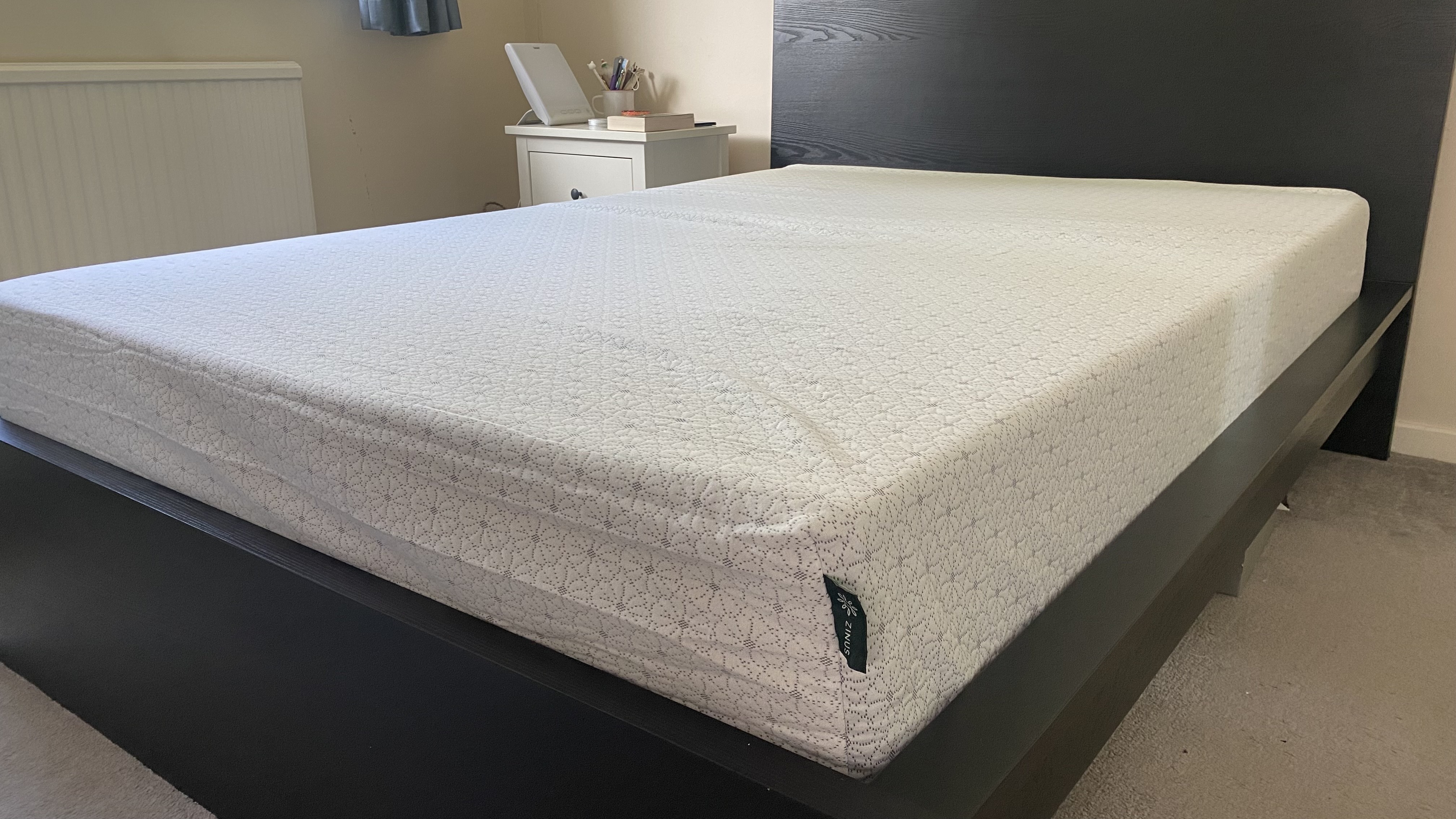

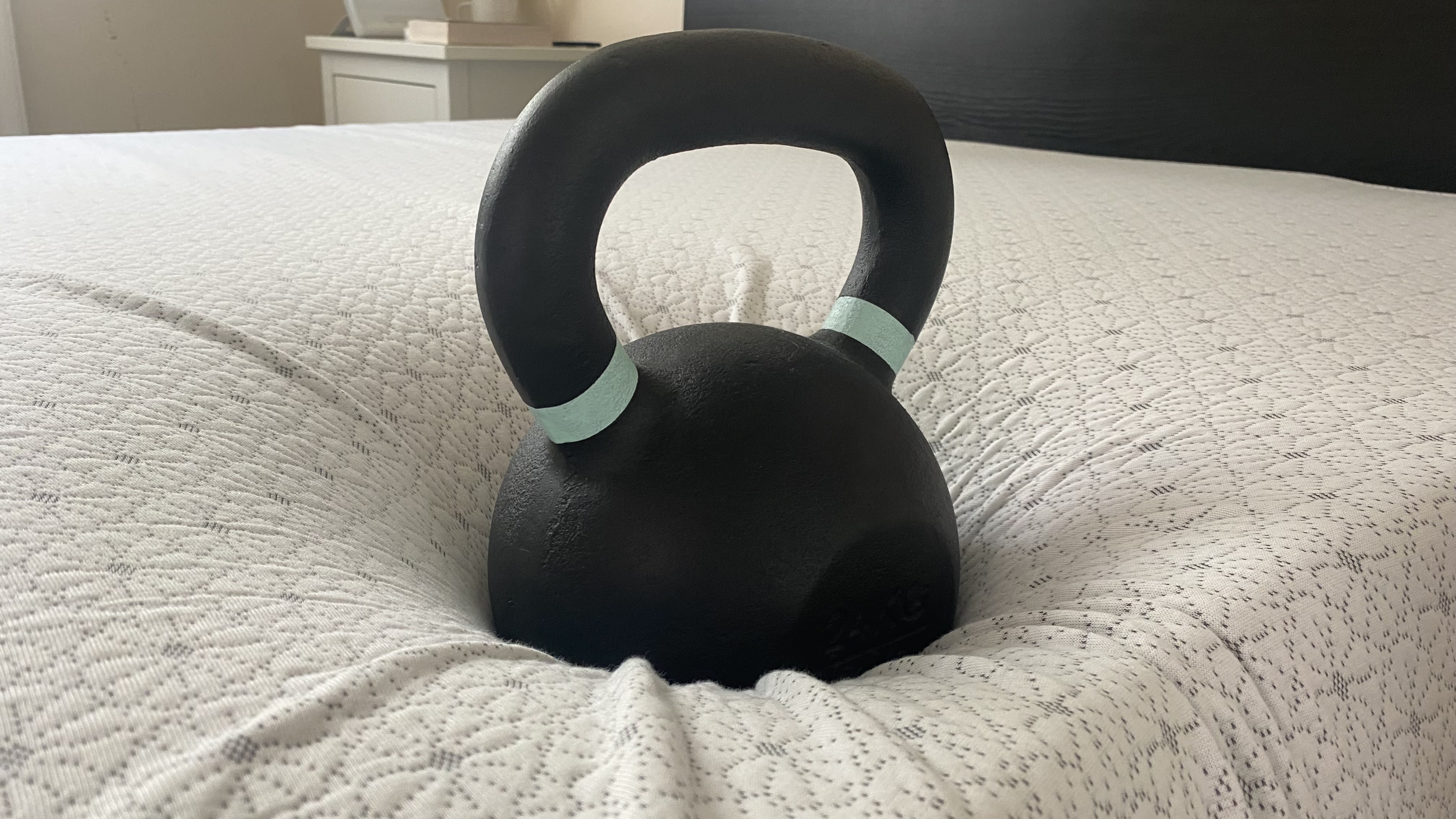
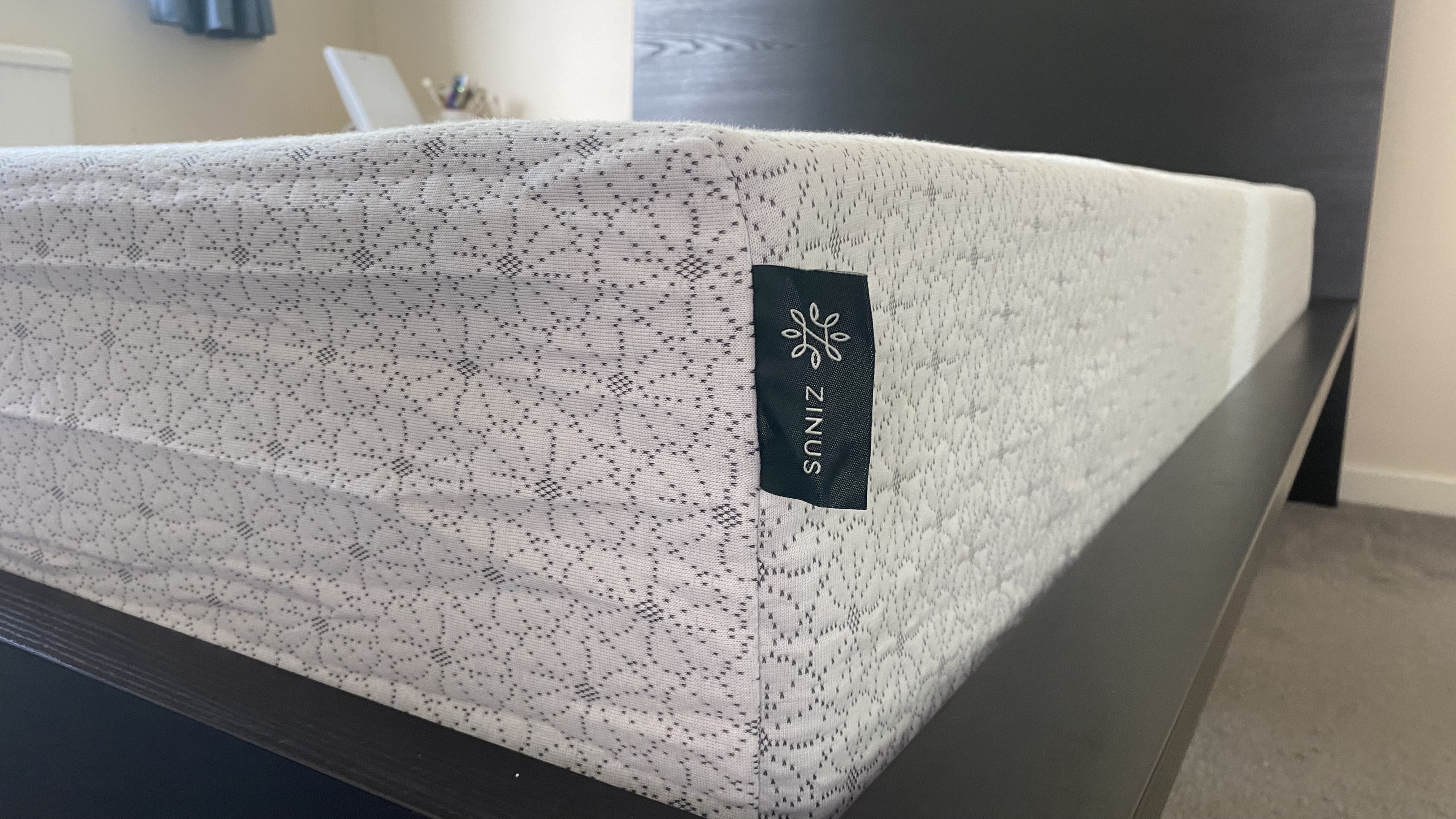
Specifications
Reasons to buy
Reasons to avoid
Zinus's Green Tea Memory Foam Mattress is a dream for side sleepers, offering sink-in cushioning that cradles the body from head-to-toe. It effectively prevents pressure build-up at the shoulders and hips to help ease joint pain, although the support is a (literal) weak point.
But while the pressure relief is a stand-out feature of the Zinus, it's biggest plus point is the price tag — on Amazon you can often pick up a queen for around $230. The 10-inch model is one of the best cheap mattresses we've tested (we don't recommend thinner versions) and the motion isolation is comparable to the Nectar Premier that tops this guide.
It's too soft for stomach sleepers and some back sleepers, plus the weak sides put you in danger of rolling off if you stray close to the edges (the Siena Mattress is a better choice in both these cases.) However, it's one of our favorite soft memory foam mattresses and it delivers a cozy 'hug' feel that will particularly appeal to sleepers with small builds
What we like about it...
✅ Classic foam 'hug': With cushioning that immediately contours to the body, the Zinus delivers the cradling feel we typically associate with memory foam. That makes it a particularly good choice for side sleepers.
✅ You can find a real bargain: This is a well-priced bed shopping direct from Zinus, with a queen often $499. However, Amazon regularly has a bargain and a price tag around $234 for a queen. Although while Zinus offers a 10-year warranty and 100-night trial, you'll lost the trial shopping via Amazon.
✅ Dampens nearly all movement: The Zinus scored highly in our motion isolation tests, absorbing most movement from even vigorous tossing and turning. A good choice for co-sleepers.
What we don't like about it...
❌ Can sleep warm: It's no surprise that a cheap memory foam mattress traps heat, particularly one as contouring as the Zinus. However, if you're a hot sleeper, we recommend choosing the Siena Signature Mattress instead.
❌ Weak edges: Our tester found herself sliding off the Zinus when sitting on the side — her mom (and her mom's bad knees) gave it a go and found pushing off the bed uncomfortable. If you prefer more side support, the EGOHOME is an affordable memory foam for side sleepers with stronger sides.

I slept on the Zinus Green Tea Memory Foam and the first thing you notice about this mattress is its plush cushioning. When it comes to pressure relief, the Zinus sure can deliver. As a stomach sleeper I needed more support (and I suspect some back sleeper will feel the same) but I couldn't fault the motion isolation — this is one for co-sleepers to consider. It's an affordable mattress if you shop straight from Zinus but bargain hunters should head to Amazon, where you can often find a 10-inch queen for less than $200.
Read more: Zinus Green Tea Memory Foam Mattress review
3. Best luxury hotel-style memory foam mattress
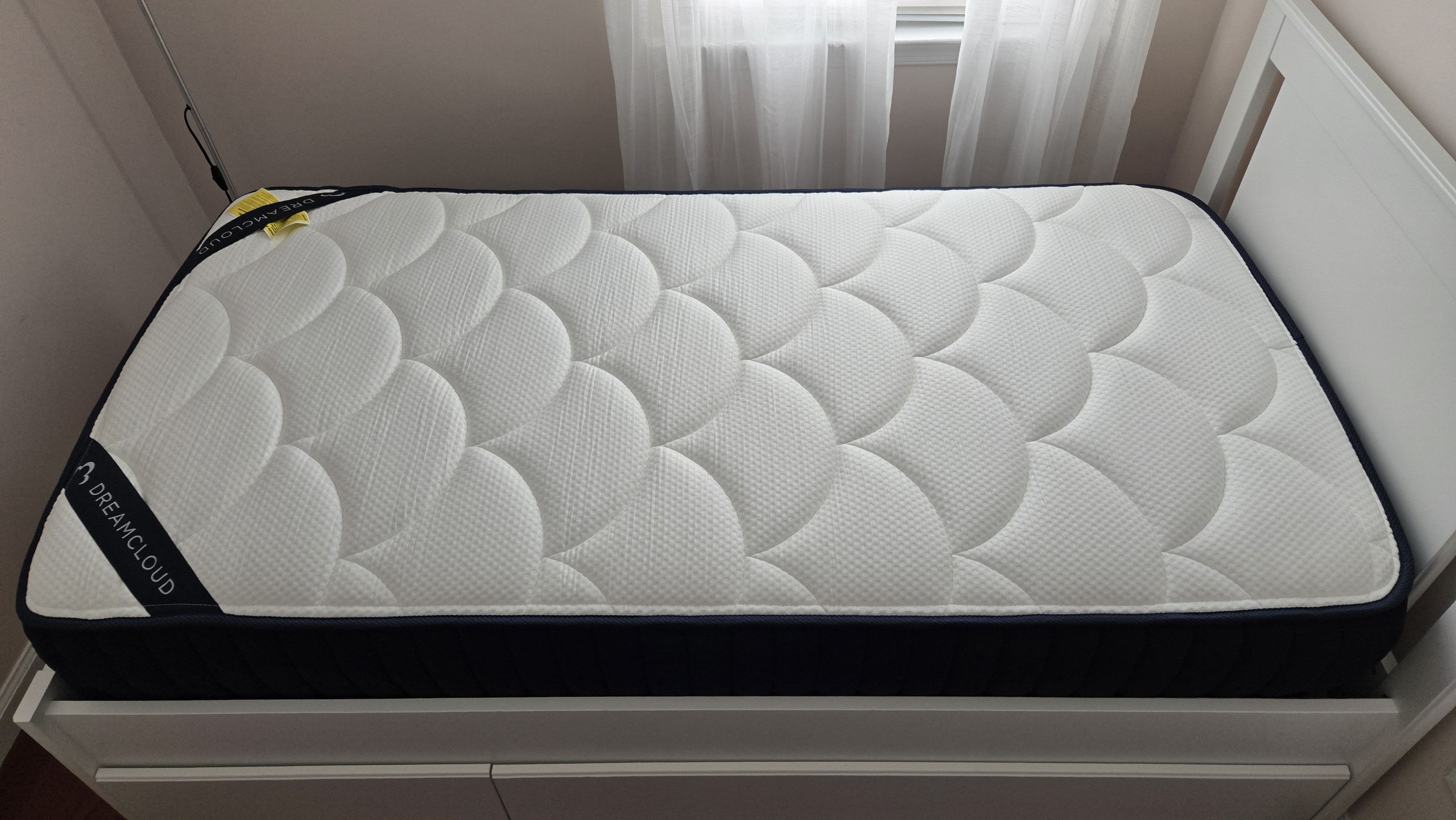
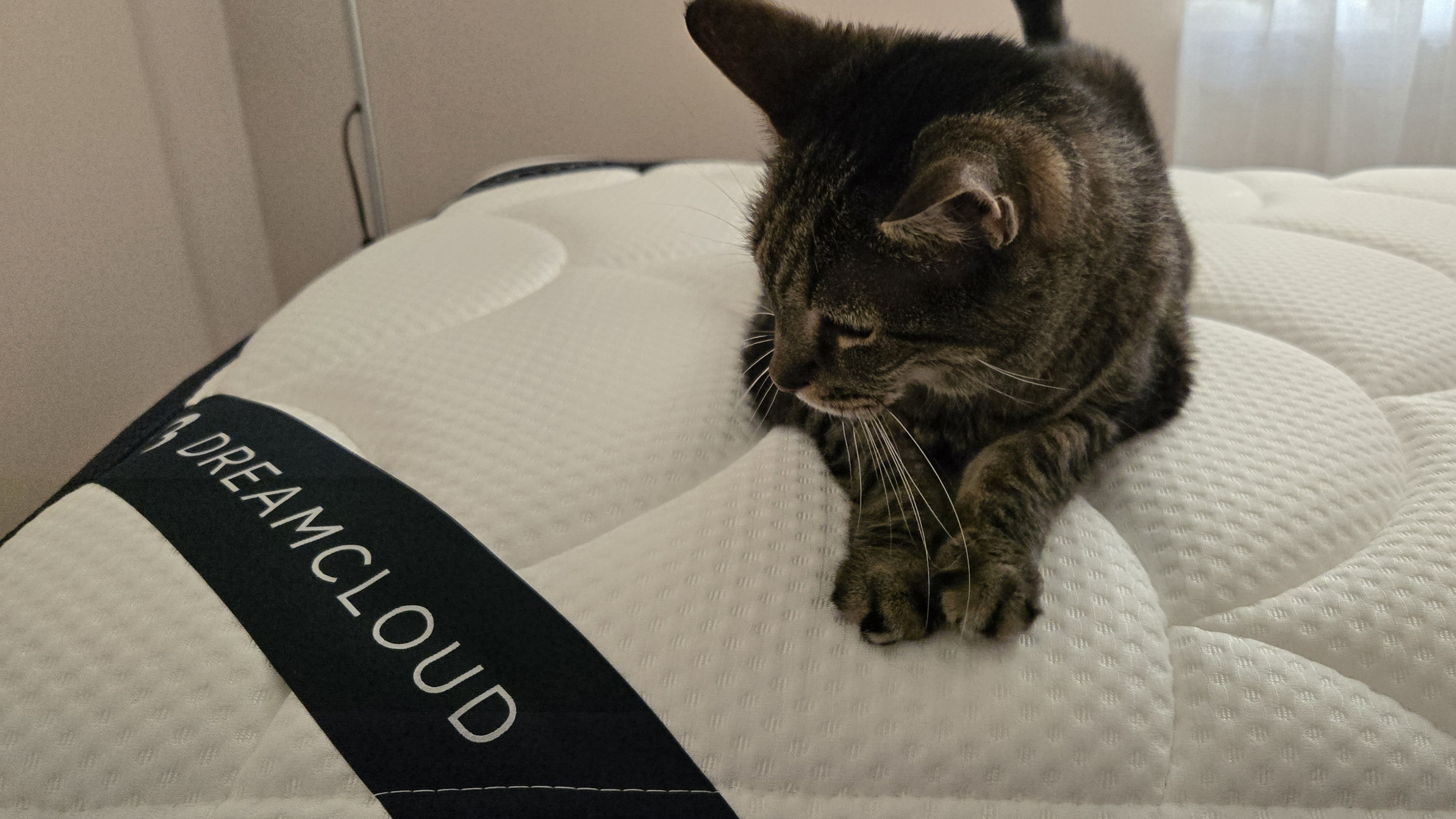
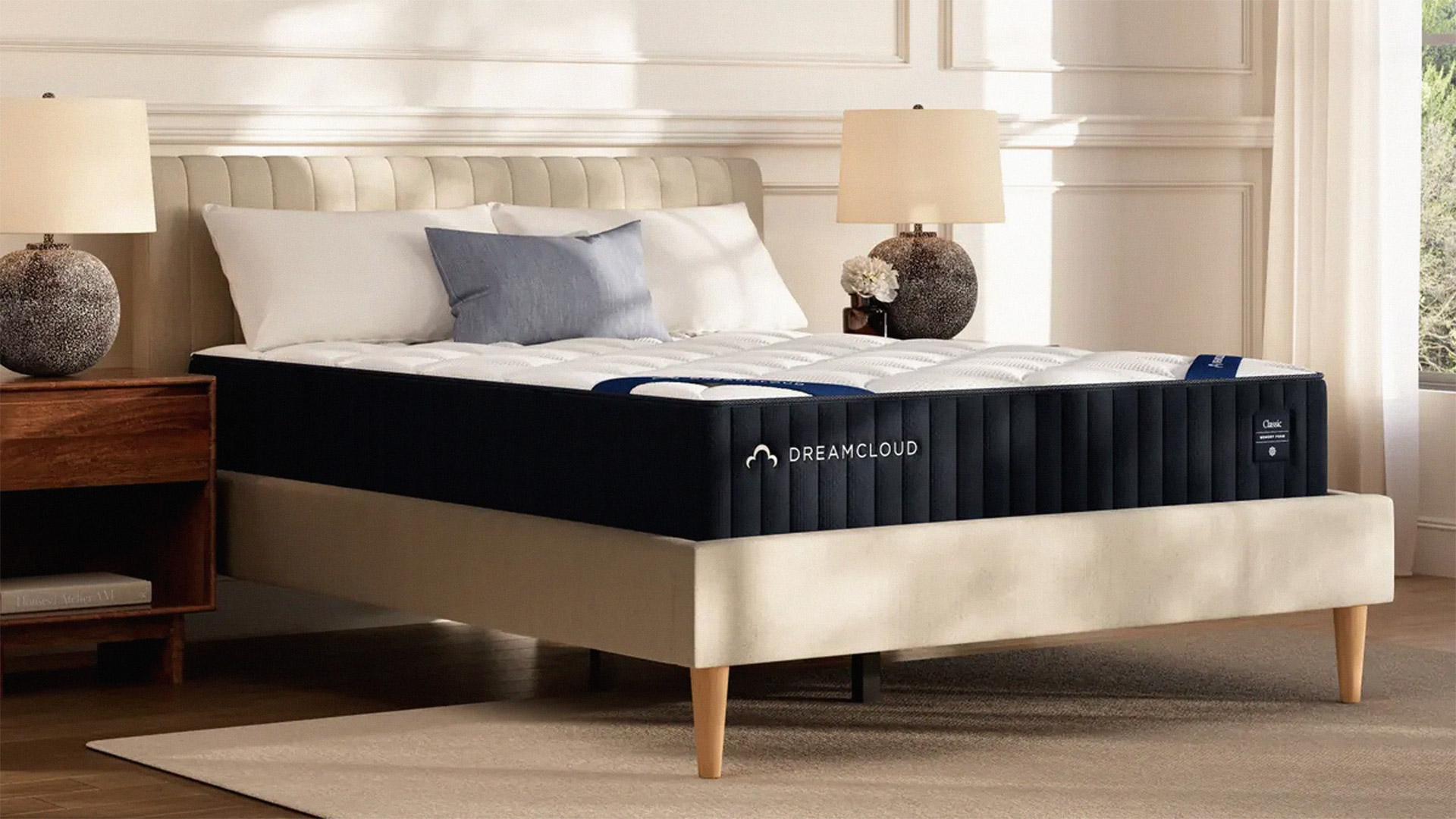
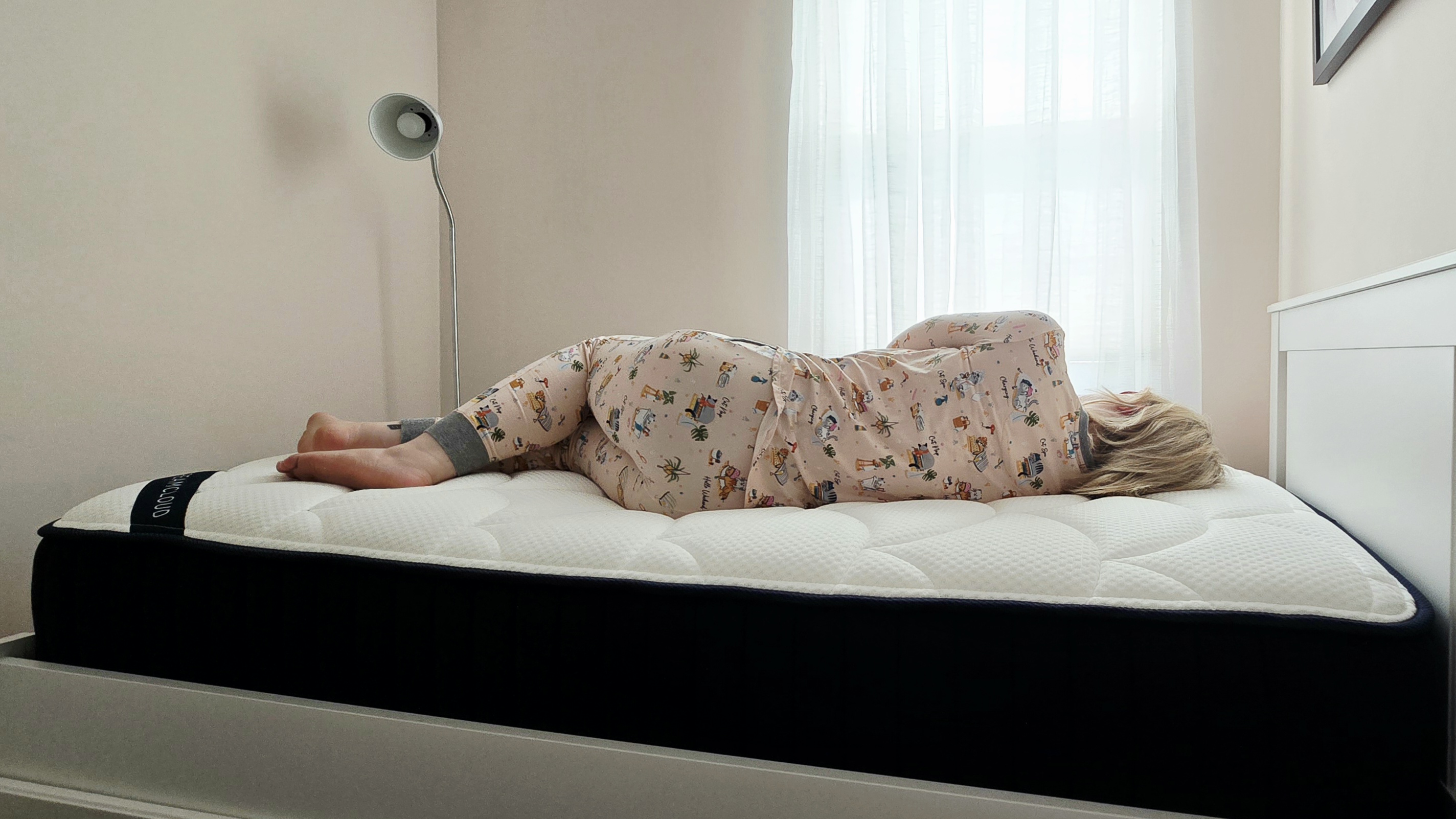
Specifications
Reasons to buy
Reasons to avoid
DreamCloud mattresses are known for their luxury finish at an affordable price tag — the entry-level Classic Memory Foam Mattress encapsulates this. Our review team agreed the firm feel will hit "the right notes with back and stomach sleepers," and the quilted cover wicks away heat while providing "a subtle hug" to relieve pressure build-up.
You won't get traditional memory foam contouring here, so dedicated side sleepers are better off with the Nectar Premier. However, we think it will suit combination sleepers and, combined with the top notch motion isolation, it's a good mattress for couples.
The build quality also impressed and our tester noted the Classic Memory Foam has a "luxury aura" — and at $799 for a queen, it's far cheaper than most of the best luxury mattresses you can buy online. But for true luxury indulgence, consider the Tempur-Pedic Tempur-Adapt mattress below.
What we like about it...
✅ Supportive for back and stomach sleeping: We described the DreamCloud as "study and firm," keeping the spine lifted to prevent the back pain that can occur when front sleepers use a memory foam mattress.
✅ Breathable feel: DreamCloud's "CloudQuilt" cover promises a breathable finish and our testing team agreed the DreamCloud maintained a neutral sleep feel, even over a hot summer. It's not the cooling of a bed like the Cocoon by Sealy Chill, but it should help you avoid sweaty nights.
✅ A luxury feel at an affordable price: Our testing said the DreamCloud Classic "looks and feels like a more premium mattress than its mid-range price tag suggests," adding a touch of hotel mattress luxury to your room.
What we don't like about it...
❌ Not much contouring: The DreamCloud Classic is a memory foam mattress you lie on top, rather than sinking into. The Nectar Classic Memory Foam is a similar price with a more contouring feel.
❌ Lacks the indulgent feel of other luxury mattresses: We think the DreamCloud Classic has, as our lead tester put it, an "aura" of luxury but if you want a memory foam mattress that could sit next to 'indulgence' in the dictionary, we recommend the premium Saatva Contour5 Mattress.

DreamCloud is best known for its hybrids (the spring-and-foam Classic is among the best hybrid mattresses we've tested) so we wondered if this all-foam bed could compare — the answer is a definite 'yes.' With full-body support and just a touch of cushioning, the DreamCloud Classic Memory Foam Mattress suits back and stomach sleepers, but side sleepers might want something softer. It looks and feels more luxurious than the mid-range price tag would suggest (a queen is just $799 in the regular DreamCloud mattress sale) making it a great pick for a bedroom upgrade.
4. Best affordable memory foam mattress for side sleepers
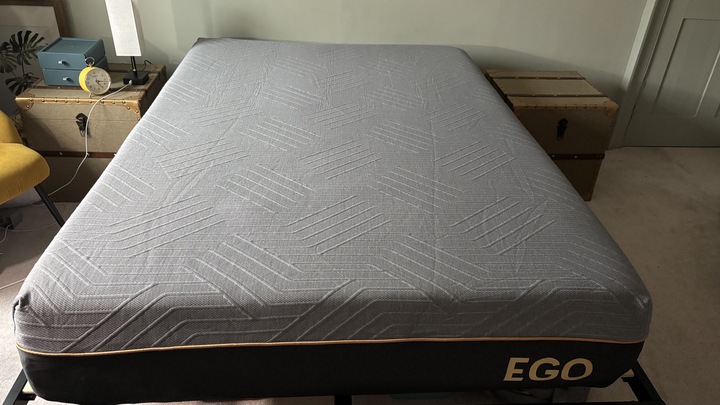
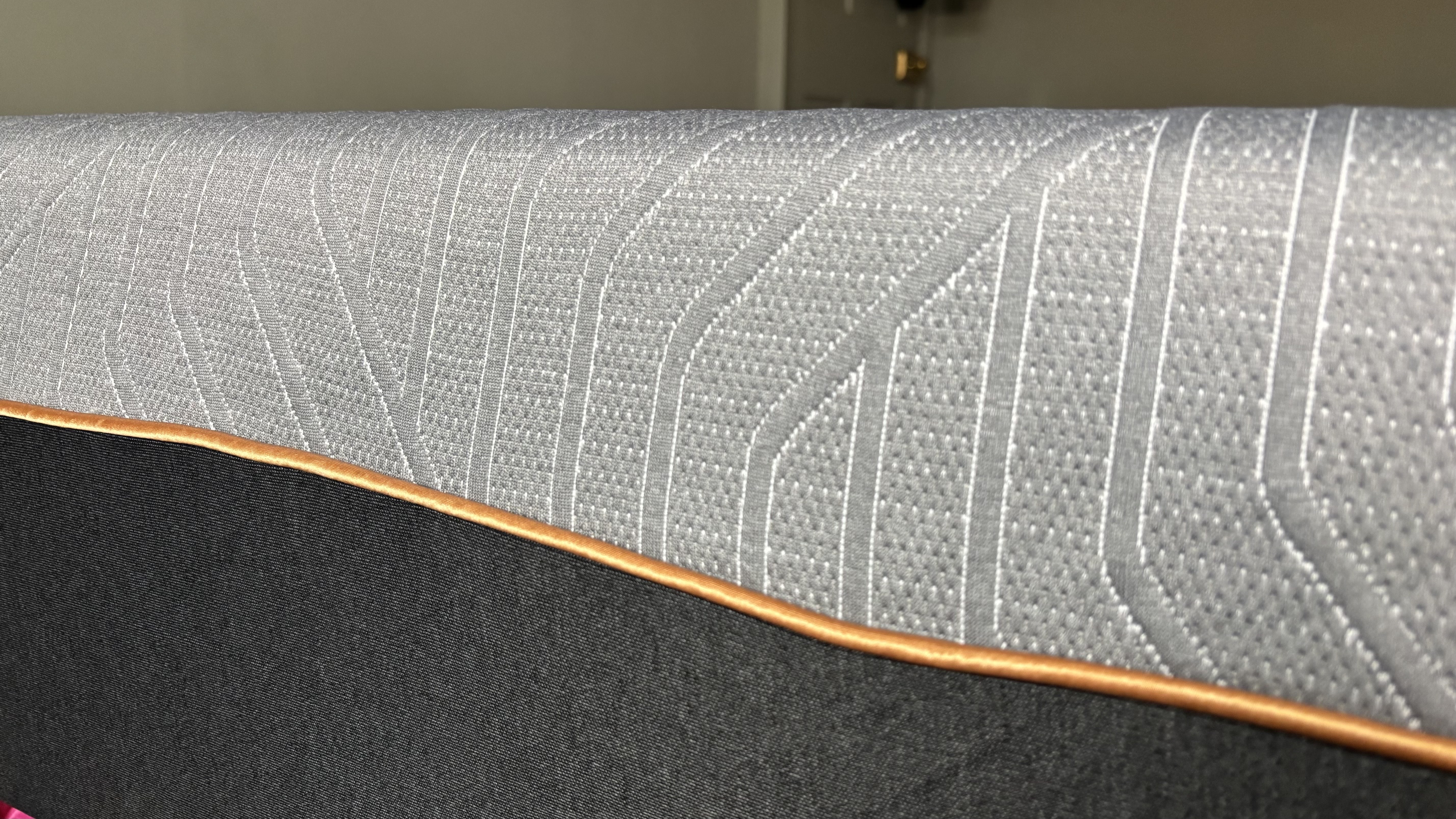
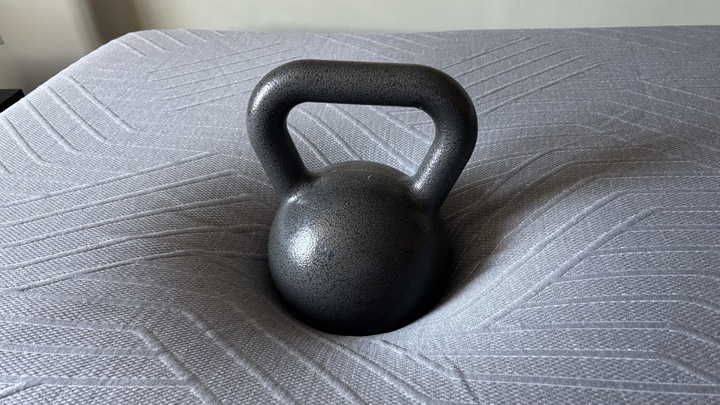
Specifications
Reasons to buy
Reasons to avoid
Our lead tester described the EGOHOME 12" Memory Foam Mattress as "ultra body-cradling," hugging the shoulders and hips to deliver pressure relief that can rival even the Nectar Premier that tops its guide. That might sound marshmallow-esque but in fact, we found the medium-firm feel offers an impressive level of support. After over three weeks of testing our sleep team agreed it was "ideal for pretty much any sleep position," with pressure relief on the side and support for the back and front (although dedicated stomach sleepers should consider the Siena, instead.)
As is a common thread in this guide, the motion isolation is top notch. The edge support is also excellent, comparable to the Siena. However, the EGOHOME does lag behind its competitor when it comes to temperature regulation, as it has a tendency to trap heat. It can also trap you — our tester found she had to fight to change position in the night.
If you have the money for the Nectar Premier, we recommend upgrading for the enhanced cooling and durability. But this is a good alternative for anyone on a budget (a queen is often around $369.99 on sale), particularly as bargain hunters can sometimes find a deal on EGOHOME's Amazon store.
What we like about it...
✅ Hugs the body to relieve pressure: "Shape-molding comfort" is how our lead tester describes the EGOHOME's pressure relief. It eases around your body to cushion every part of you.
✅ You won't feel your partner toss and turn: The slow-moving foams of the EGOHOME earned five stars from our testers for motion isolation and they can absorb pretty much every movement from a restless partner.
✅ Classic foam feel on a budget: If you dream of the traditional body-hugging foam feel of the Tempur-Adapt or Nectar Premier but your budget won't stretch that far, the EGOHOME is a good alternative (albeit as a cheap foam bed, it has some pitfalls.) It's also one of the best mattresses on Amazon where you can sometimes find a queen on sale.
What we don't like about it...
❌ Traps a lot of warmth: We described the EGOHOME as "stuffy" and on a warm night you can expect the bed to heat up. That's not unusual for a budget all-foam bed but the Siena is a similarly priced alternative that sleeps cooler.
❌ Hard to change position: If you're a combination sleeper — or anyone who likes to move around in the night — the 'hug' of the EGOHOME can make you feel trapped. Consider opting for the EGOHOME Black Hybrid mattress, for a bit more bounce.
❌ Not as plush as you might expect: While you do sink into the EGOHOME, it doesn't have the cloud-like fluffy comfort of a softer bed. The Zinus Green Tea mattress is better for those seeking something soft at a similar price.

I've tried plenty of beds in our sleep studio alongside Frances, the lead tester in our EGOHOME review, and I know she struggles to find a mattress that delivers the pressure relief she needs as a lightweight side sleeper. So when she started praising the cushioning of the EGOHONE, I knew it was a winner. The heat retention can be an issue, as is its tendency to trap you in the foams, but with a queen often sold for just $369.99 at EGOHOME, some faults are to be expected. It's still excellent value, particularly if you can spot a sale at the EGOHOME Amazon store.
5. Best memory foam mattress for back sleepers
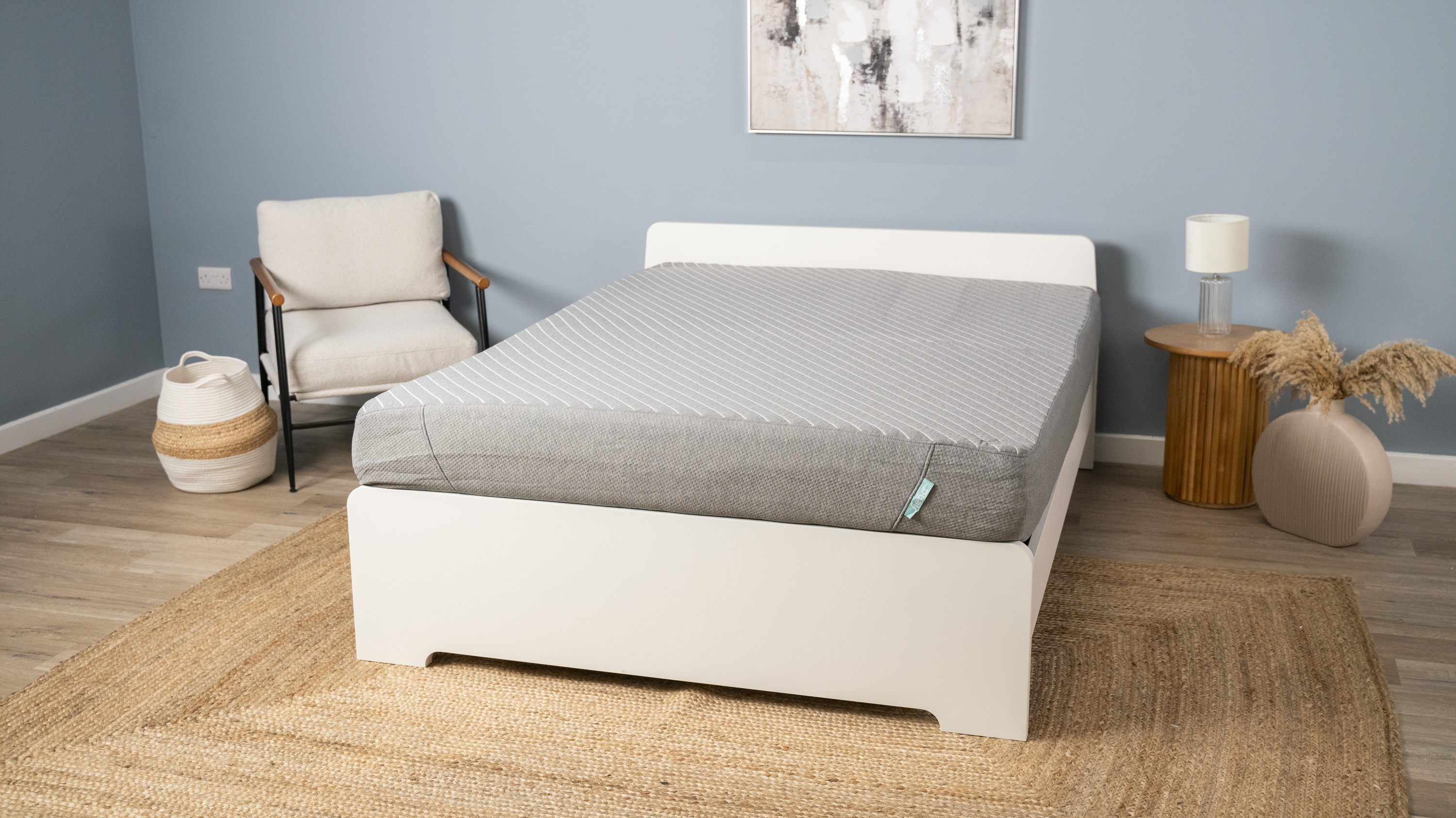


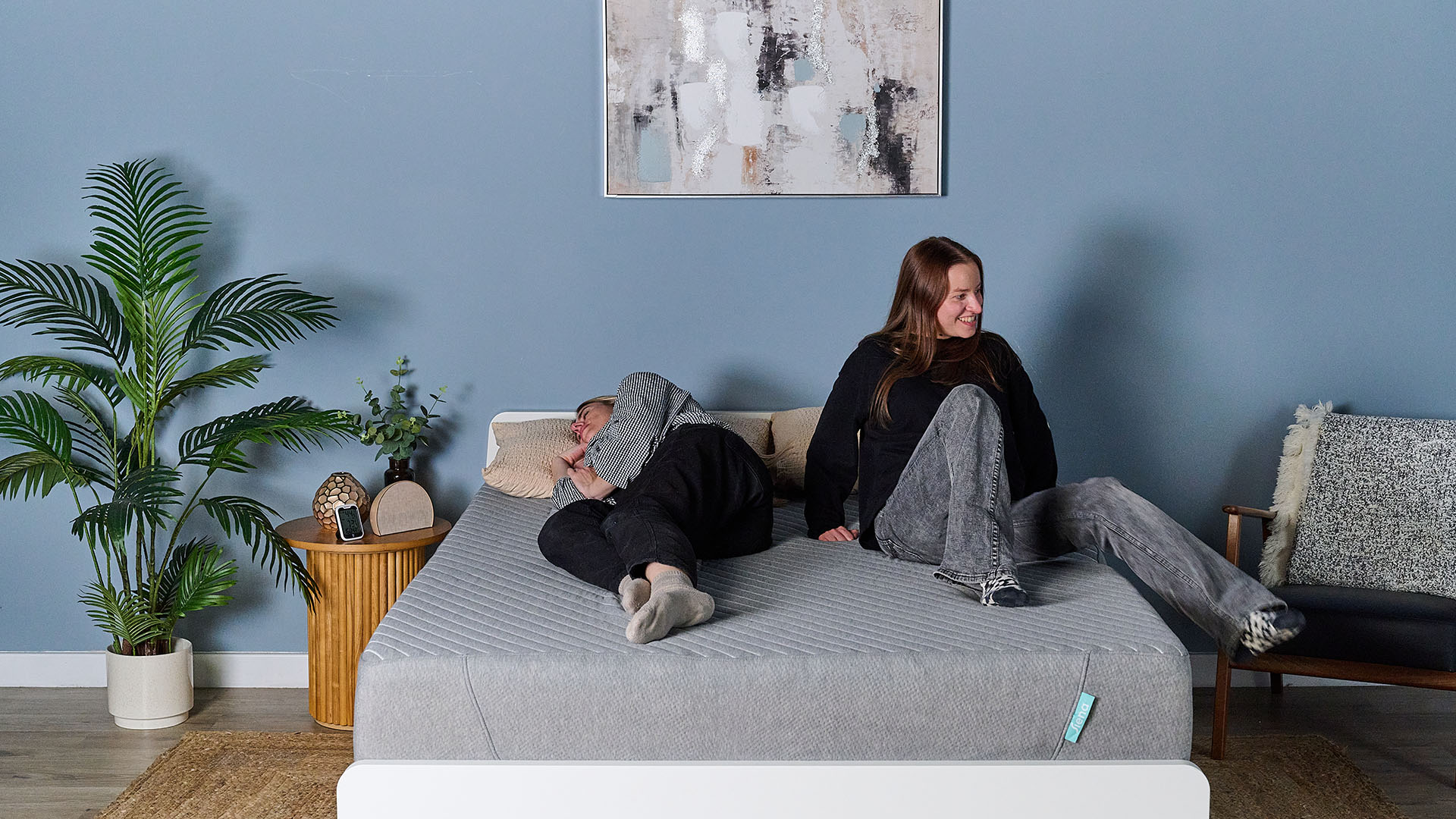
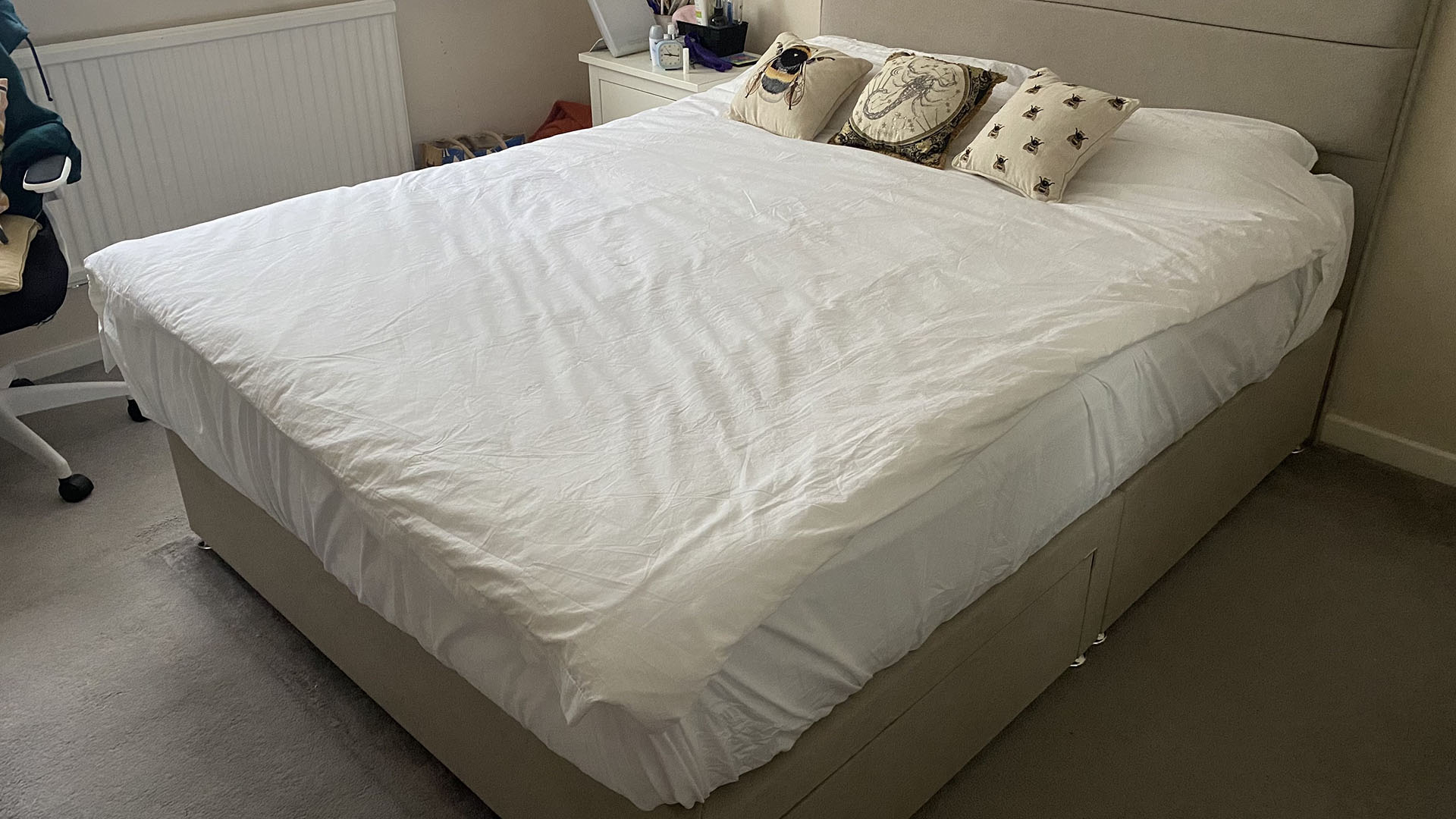
Specifications
Reasons to buy
Reasons to avoid
Where the Siena excels is support, with the firm foams keeping the body lifted and the spine aligned throughout the night. Add on a top layer of comfort foams with just enough sink to cushion the lumbar and you have a mattress that's fantastic for back and stomach sleeping.
We've been putting the Siena through its paces in our sleep lab and for a budget bed, it's held its own. Our thermal cam tests showed it can quickly dissipate warmth to prevent overheating and it aced our slam ball motion isolation tests, taking on average just 1.14 seconds to dampen all movement (plus during hands-on testing one member of the team didn't even notice someone had left the bed until she heard a voice from across the room.)
The Siena's biggest flaw is cushioning; even our 25kg weight struggled to make much of an impact in the foam, sinking just over three inches. Side sleepers should consider the superior contouring of the EGOHOME or Zinus. However, we think the low price tag (often around $359 for a queen) makes the Siena a great choice for a guest room while the high-quality build will suit teens who need a bed that can support their changing sleep needs.
What we like about it...
✅ Sturdy edge support: Memory foam mattresses have a reputation for being weak at the sides, but the Siena is an exception to that rule. This is particularly useful if you have issues with mobility and need to push out of bed.
✅ A guest room favorite: The Siena combines a low cost with a high quality finish and co-sleeper favorites like a breathable build and excellent motion isolation (we gave it 4.5 out of 5.) It's also available on Amazon, where you can sometimes snag a deal from the Amazon store in the Siena mattress sale.
✅ Full-body support: Able to deliver support from head to toe (as proved by our weight tests) the Siena Mattress keeps the spine aligned when you're lying on your front or back, helping prevent painful morning.
What we don't like about it...
❌ No classic foam 'hug': If you're shopping for a memory foam mattress, there's a good chance you want the sink-in feel we associate with all-foam beds. You won't get that with the Siena, as this is a mattress you lie on top of. The EGOHOME is better for marshmallow-ness, or try the Zinus for something super soft.
❌ Too firm for side sleeping: The Siena mattress doesn't offer much cushioning at the touch points, and while it softens with use, the pressure relief could be improved. The Nectar Premier Memory Foam mattress is a better option if you tend to wake up with sore shoulders.

I've been testing memory foam mattresses for years so I know how rare it is to find one that performs as highly as this one did for the small price tag. The Siena Memory Foam Mattress aced nearly all of my team's in-house tests, punching above its weight in terms of support, motion isolation, temperature regulation and edge support. The latter surprised me because most foam mattresses I've slept on have pretty weak edge support. I did find the Siena Memory Foam much firmer than advertised though, so don't pick this mattress if you like a medium feel – I'd recommend the Nectar Classic instead. But if you love firm mattresses and enjoy the feel of memory foam, the Siena is your best bet.
Read more: Siena Memory Foam Mattress review
6. Best memory foam mattress for stomach sleepers
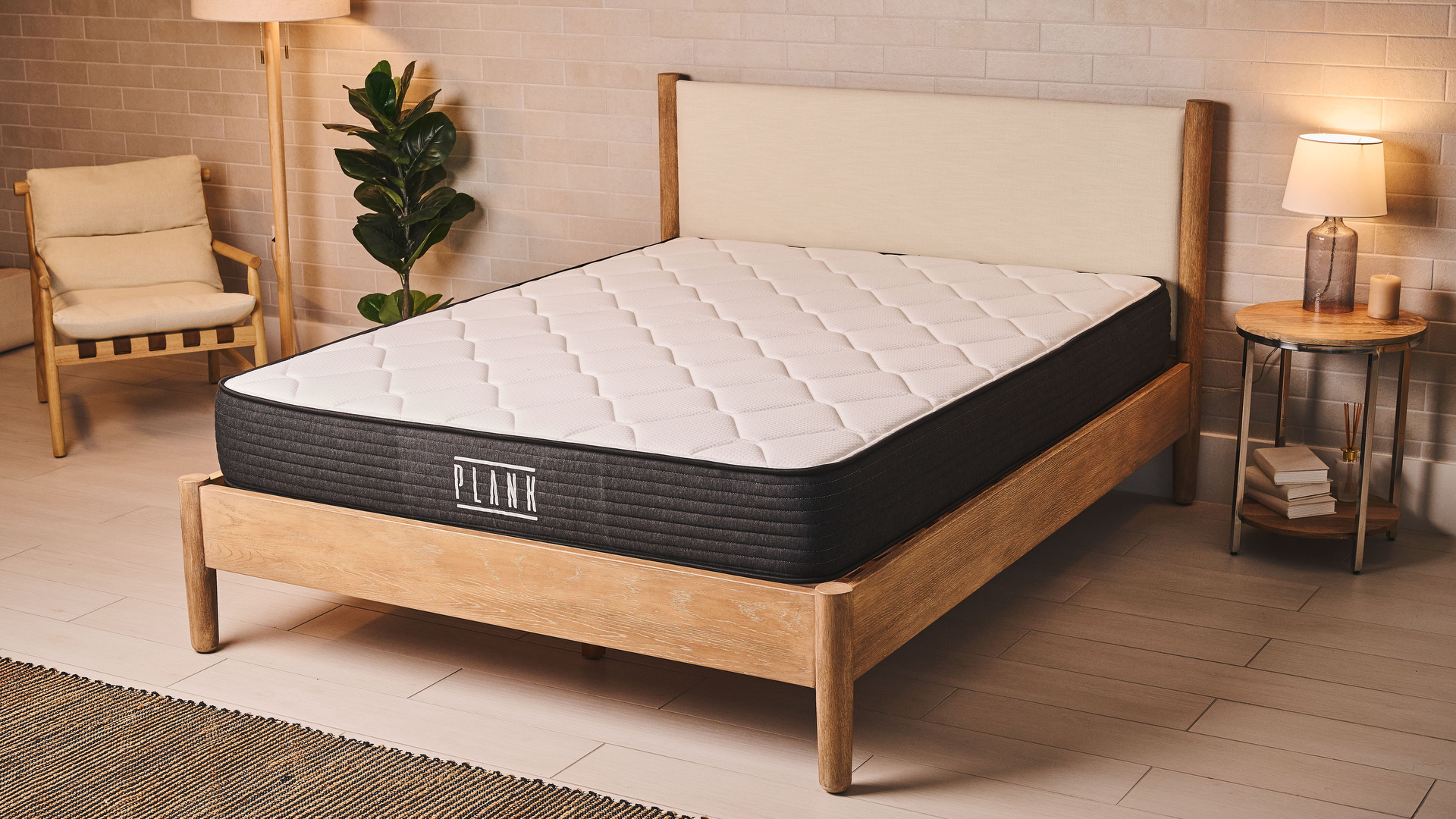
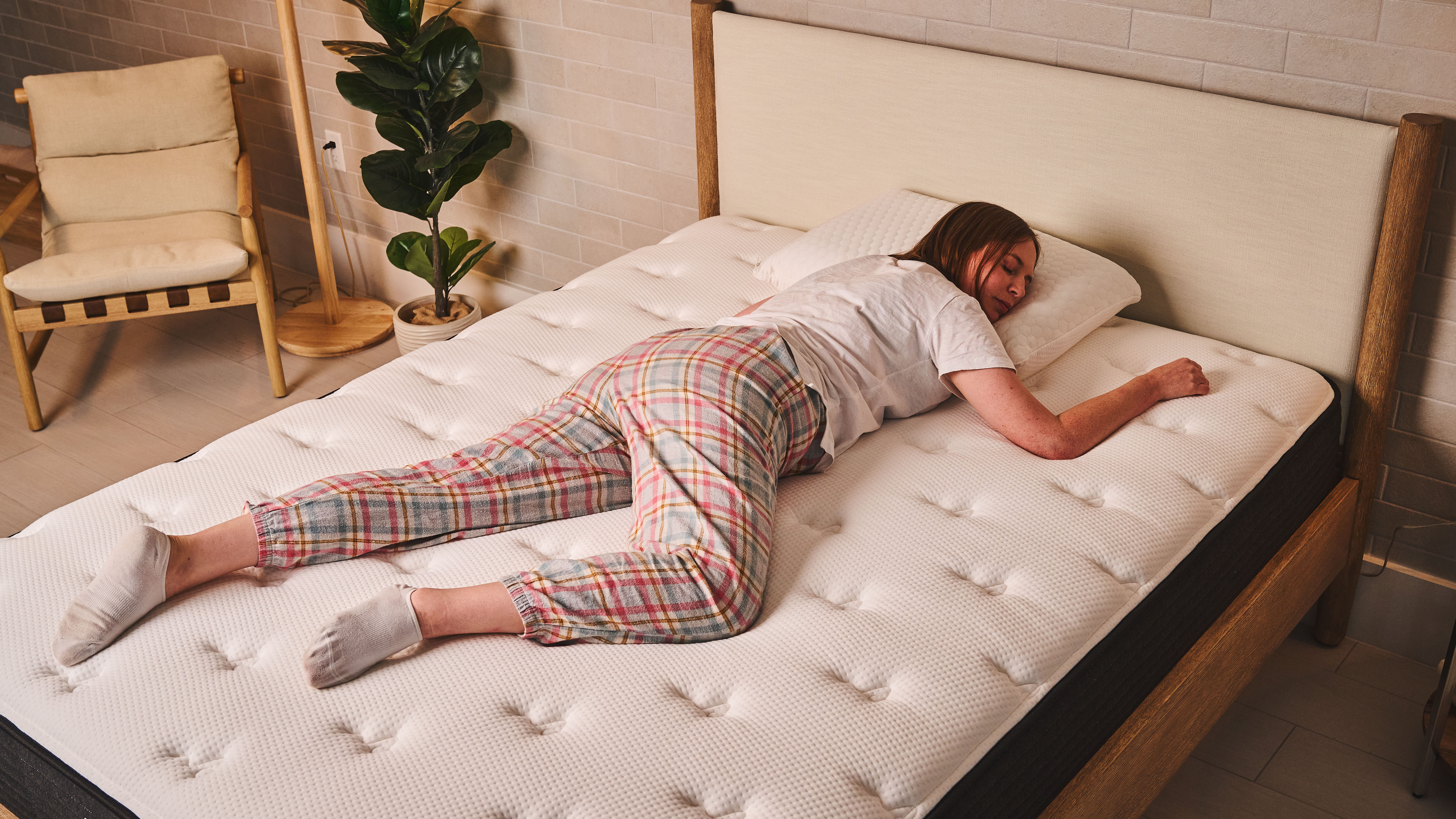
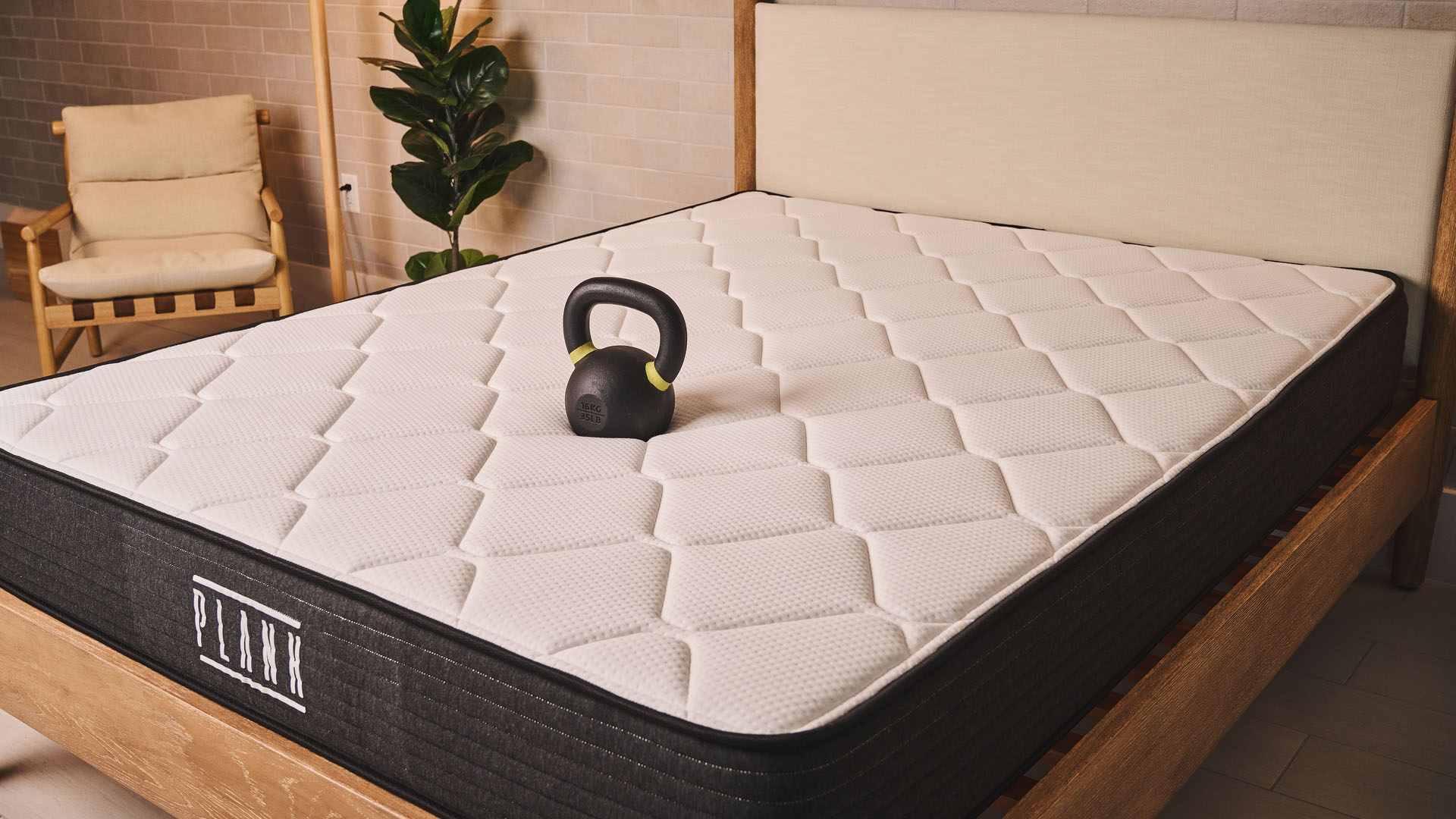
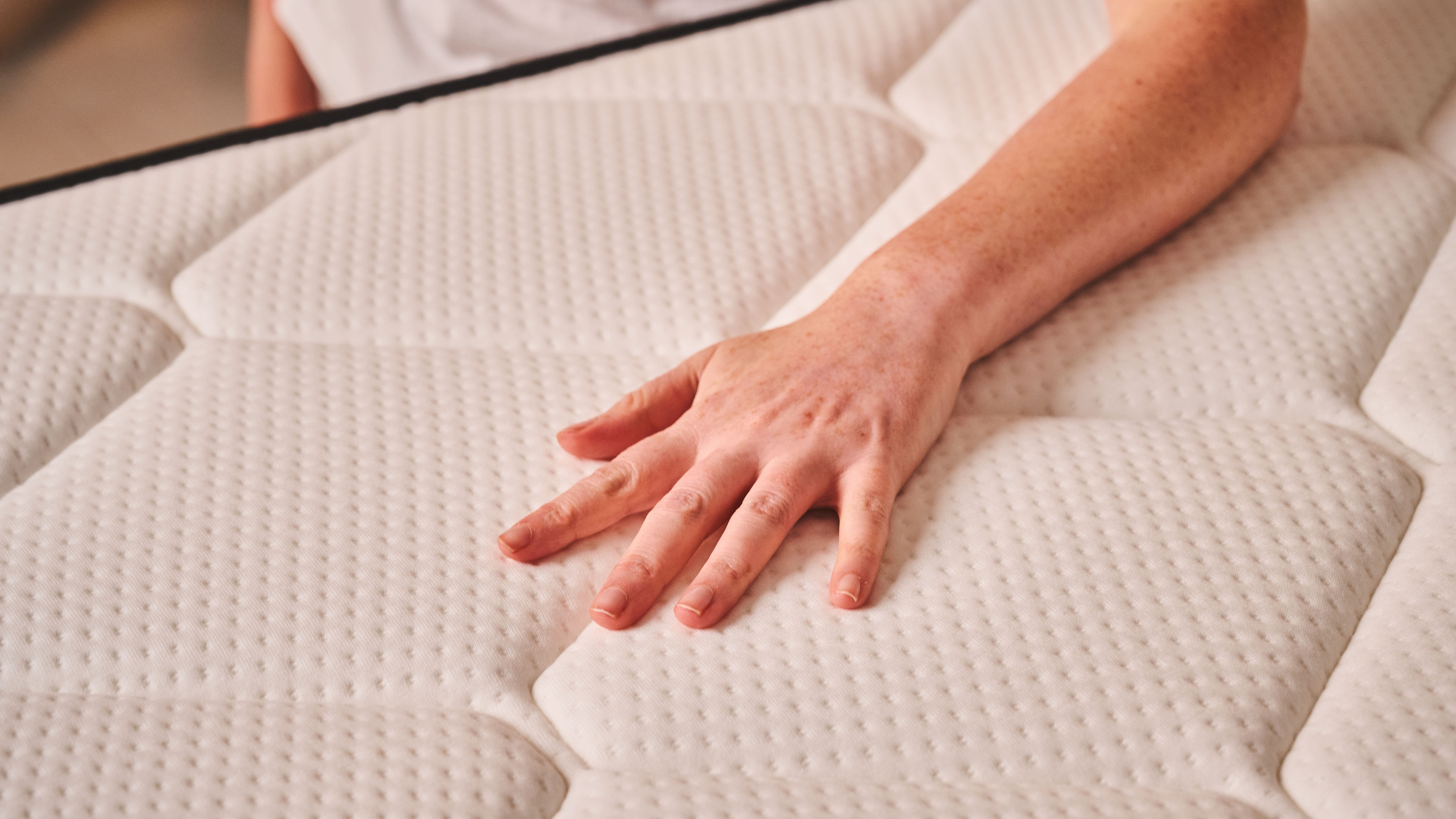
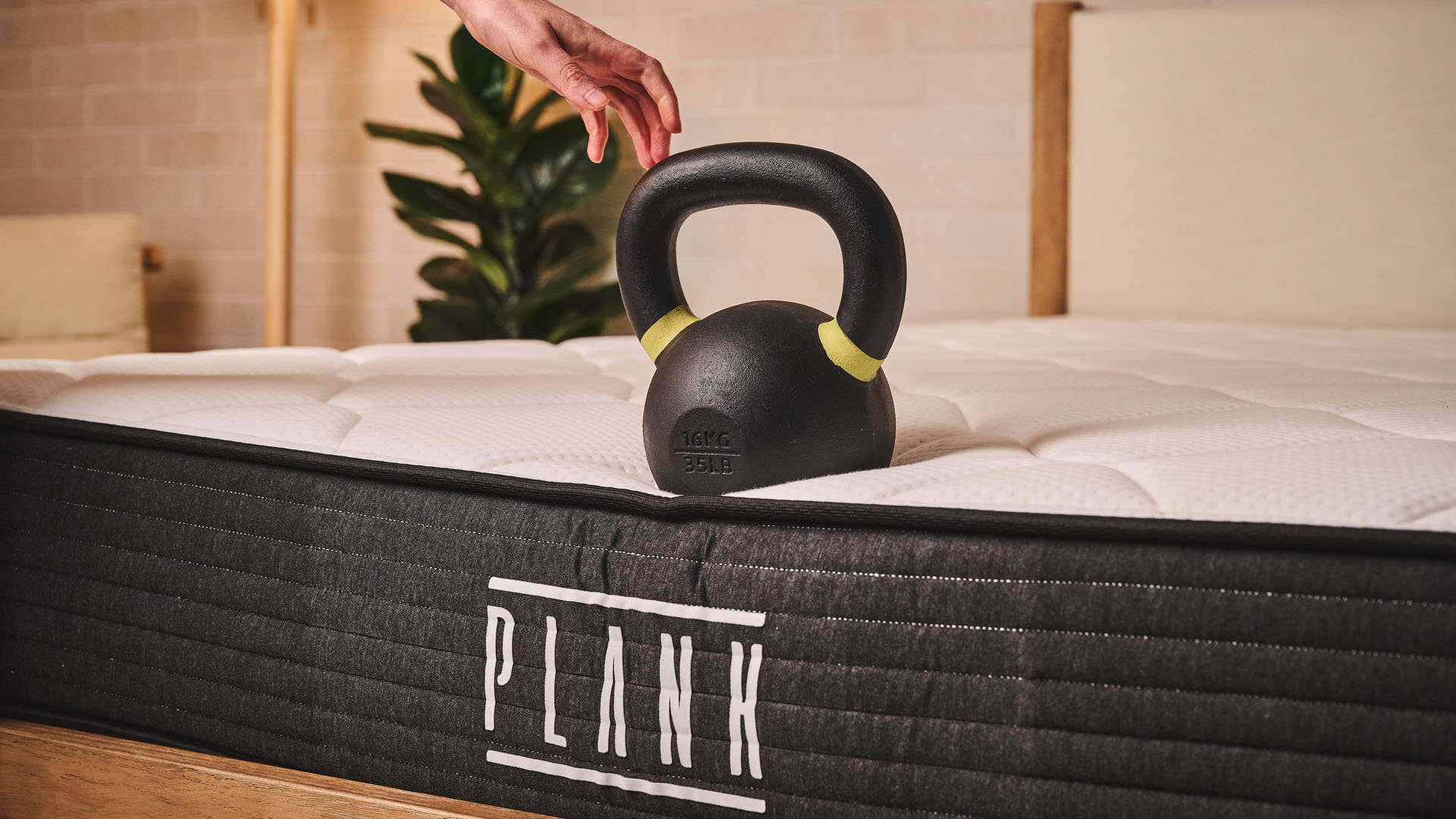
Specifications
Reasons to buy
Reasons to avoid
The Plank Firm Mattress stands out from the other memory foam mattresses in this guide. For a start, it's dual-sided, giving you a choice of firmness levels. Second, it sacrifices pressure relief for firmness in a bed that delivers support all the way across. It's even firmer than the Siena Mattress and the quilted top means you hardly 'sink' at all — if you want a traditional memory foam experience, you won't find it here.
As a result of that firmness, the Plank Firm Mattress has incredible support features. Stomach sleepers will find it keeps the spine lifted and straight, reducing the strains of this unusual position (the Extra Firm side was favored here.) Our tester with back pain also appreciated the support when lying on her back, although she preferred the subtle contouring of the Firm side.
The major disadvantage of the Plank Firm Mattress is that most side sleepers will struggle to get comfortable. The Nectar Premier or even the Siena Mattress are better choices. Temperature regulation is also a weak spot, but the motion isolation impressed and the edge support is among the best we've tested.
What we like about it...
✅ Support all across the body: Our testing panel found the Plank Firm supportive from the head all the way down to the toes, with the spine held in neutral alignment throughout the night. It's a strong contender for the best mattress for stomach sleepers we've tested.
✅ Exceptional edge support: The Plank Firm has the best edge support of any mattress in this guide, earning full marks from our testing panel. You can lie right on the sides without worrying you'll fall off.
✅ Double-sided design: While both sides of the Plank are firm, the flippable design gives the mattress versatility, allowing you to change the feel depending on your needs. Plus, you technically get two mattresses in one, and a queen Plank Firm is often just $999 for a queen in the regular sale.
What we don't like about it...
❌ Too firm for side sleepers: The Plank Firm lacks the pressure relief side sleepers need at the hips and shoulders, although that's a common downside of even the best firm mattresses. The Puffy Cloud isn't ideal for side sleepers, but it's a firm bed with better pressure relief.
❌ Can sleep warm: Hot sleepers should consider upgrading to the Plank Firm with GlacioTex cooling cover, otherwise you might find yourself waking up sweaty. The Nectar Classic or Cocoon by Sealy Chill have superior cooling.
❌ Hard to flip: Remember how we praised the dual-sided design of the Plank Firm? The downside is that a lack of handles makes flipping the mattress inconvenient.

The Plank Firm Mattress is unlike any other mattress in this guide. For a start, the double-sided design means this is a mattress with two feels: Firm and Extra Firm. But more notably, it's an all-foam bed with no sink and minimal pressure relief. I'm a stomach sleeper and I found this mattress incredibly supportive, as did my back sleeping testing panel. But if I rolled onto my side in the night, I woke up with a numb arm.
Read more: Plank Firm Mattress review
7. Best memory foam mattress for back pain
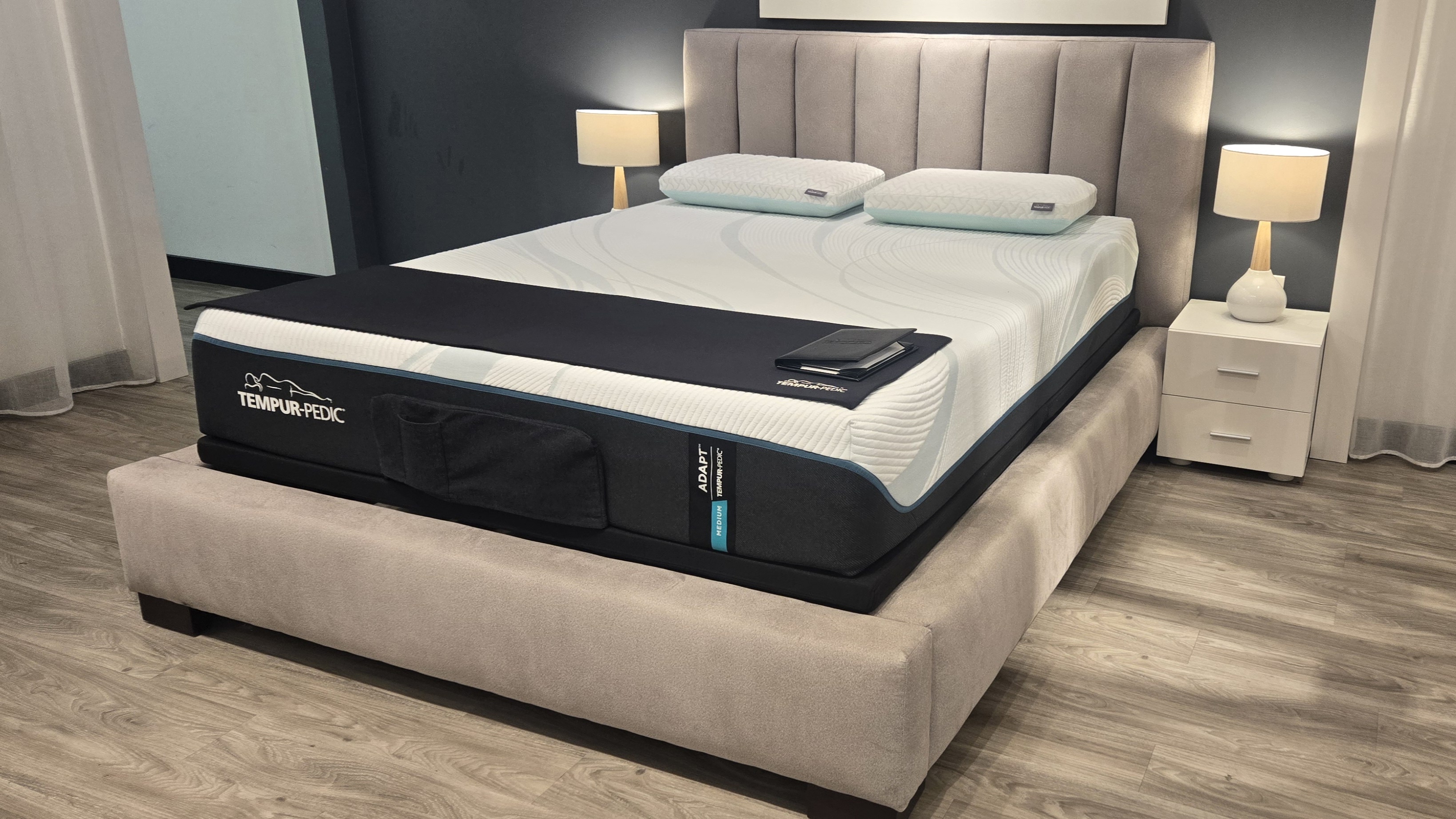
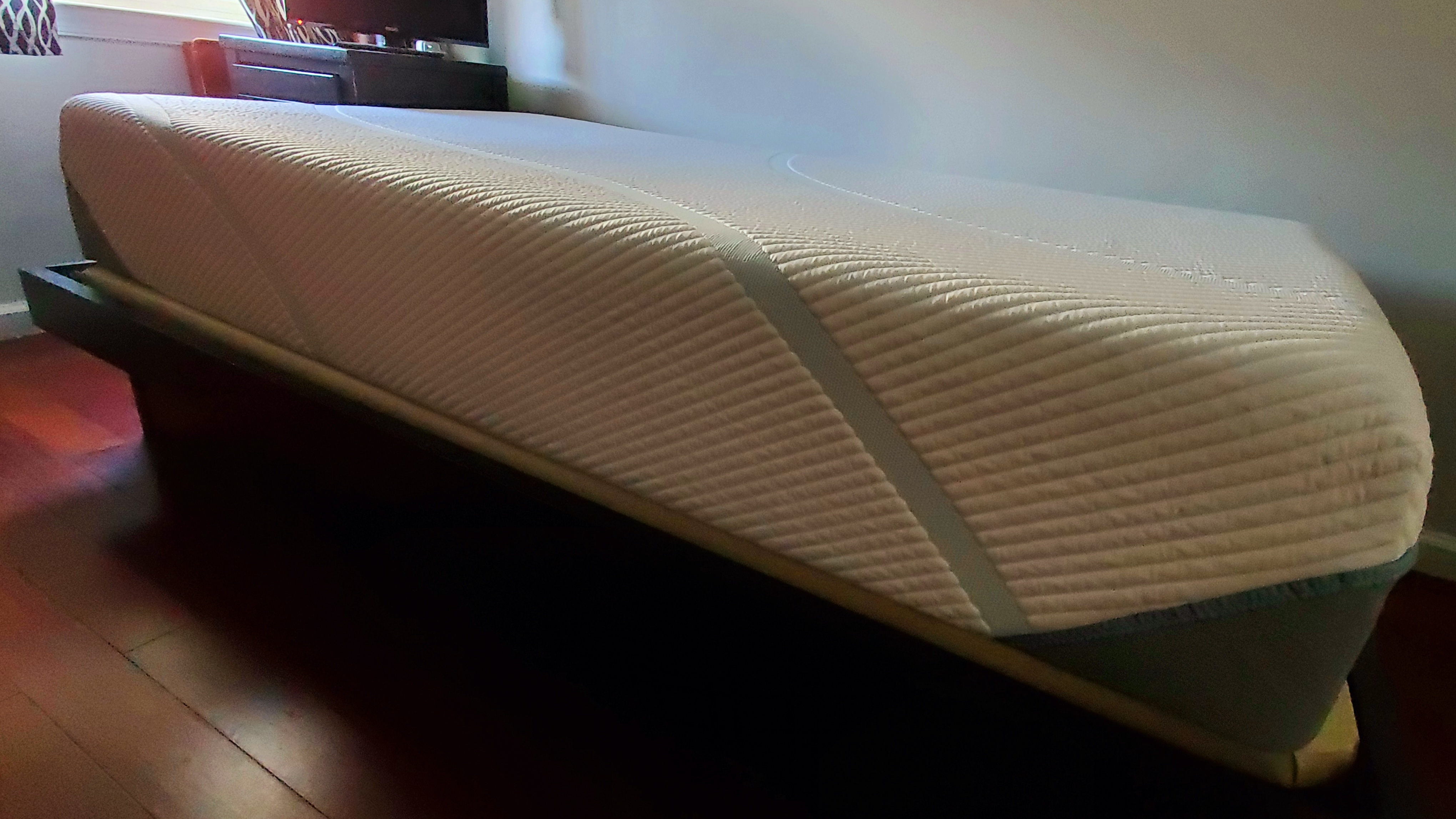
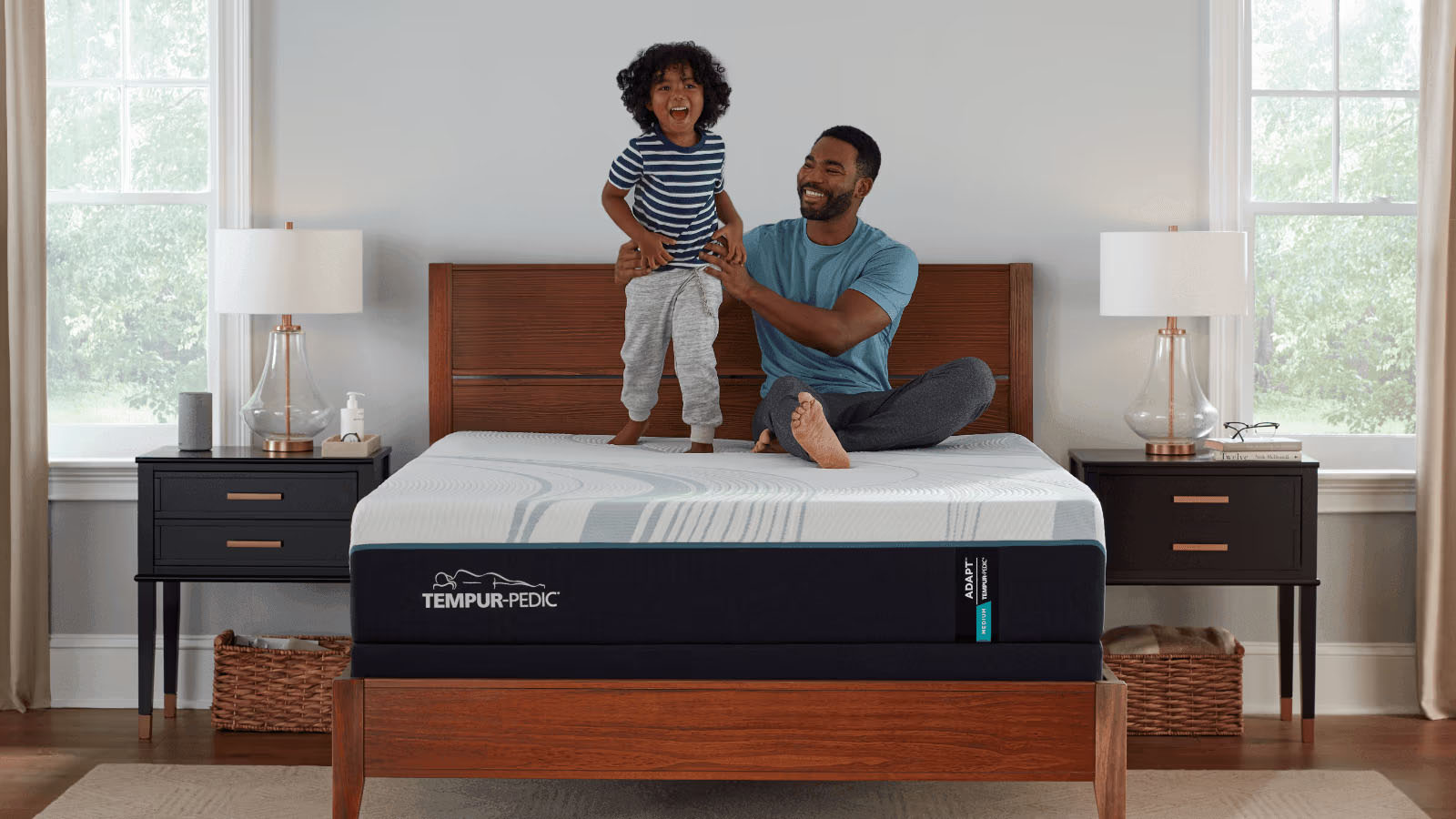


Specifications
Reasons to buy
Reasons to avoid
If you want a classic memory foam feel you'll find plenty of it with the Tempur-Pedic Tempur-Adapt mattress. Tempur Materials are the original memory foam, developed from NASA foams to create cozy cushioning that immediately hugs your body. In some Tempur-Pedic mattresses, such as the Tempur-Cloud, this results in a mattress with a quicksand 'sink-in' effect. The Tempur-Adapt, however, features a sturdy support core that lifts and straightens the spine.
Our tester with back pain felt relief as soon as their lumbar touched those squidgy Tempur-Pedic foams and this combination of support and contouring makes the Tempur-Adapt excellent at easing hip pain. Although we did find it a touch too firm for side sleeping. We also found it could sleep warm, so hot sleepers might want to opt for the breathable Purple Original, another mattress that uses intense contouring to ease pains.
As a premium mattress brand, Tempur-Pedic beds come with a high price tag — the Tempur-Adapt is around $2,199 for a queen, even in the Tempur mattress sales. However, Tempur material is known for its unique feel and for many, the marshmallow foams are worth the investment.
What we like about it...
✅ Pressure relief at the lumbar region: Tempur Material foams are known for their cushioned 'hug', and with the Tempur-Adapt you'll get this marshmallow softness across your lower back, reducing pressure for fewer aches and pains.
✅ Comfortable for back and stomach sleepers: It's not all about the cushioning with the Tempur-Adapt, as a layer of dense foam at the base of the mattress keeps your spine from sinking too far (which can otherwise cause back pain.)
✅ Top quality motion isolation: We expect good motion isolation from a memory foam mattress, but the Tempur-Adapt goes above and beyond. Our testers found the Tempur-Adapt able to "absorb virtually every movement".
What we don't like about it...
❌ Sleeps very warm: Our lead tester sleeps warm and regularly woke up sweaty on the Tempur-Adapt Mattress. The Cocoon Chill and GhostBed Luxe are specialist cooling foam beds, but even the cheaper Nectar Premier stays cooler overnight.
❌ No firmness options: Unlike the similarly priced Saatva Contour5, the Tempur-Adapt is available in just one feel (we found it medium-firm.) Unless you want to pay to upgrade, that is — the versatile ProAdapt is around $1,000 more for a queen but comes with more choice.
❌ Lacks support for side sleepers: Our side-sleeping testers had mixed results with the Tempur-Adapt. Some felt it too firm at the shoulder, others too soft at the hip, and one found it took a while to get comfortable. The Tempur-Cloud and Purple Original are better for side sleepers.

Tempur-Pedic mattresses are like Marmite: half of my team love the way they feel, half hate it. Personally, I rate Tempur-Pedic beds. I slept on a Tempur foam mattress during the third trimester of my pregnancy, when I was dealing with excruciating hip and lower back pain, and it was the only thing that helped me feel comfortable enough to actually sleep. That's also the level of comfy pressure relief you can expect from the Tempur-Pedic Tempur-Adapt. This is our best-rated memory foam mattress for back pain, with my lead tester getting instant relief the moment she laid on it. There is a downside though: it retains heat, so you'll need to consider an alternative (such as the Siena Signature above, which is also cheaper) if you have night sweats or hot flashes.
Read more: Tempur-Pedic Tempur-Adapt mattress review
Also tested
The memory foam mattresses below are also tested and recommended by our sleep experts, having received strong marks in our testing criteria. They're worth considering if you're trying to find a memory foam mattress for you and the options above don't quite meet your need.
Dreamfoam Essential mattress ★★★★
The biggest benefit of the Dreamfoam Essential is the massive size range. That includes unusual sizes, such as Olympic queen and RV king, plus heights ranging from 6 inches to 14 inches. If you want an RV mattress this is our top pick but for standard bed frames, the Siena outperforms it. From $205 at Brooklyn Bedding.
▶ Read more: Brooklyn Bedding Dreamfoam Essential mattress review
Nectar Classic Memory Foam Mattress ★★★★½
The Nectar Classic has long held a spot in this guide but we think the Premier is a better choice for pressure relief and anyone seeking a traditional foam feel. But the Classic is still a strong pick for side and back sleepers and with a queen typically $649, we think it's excellent value. From $349 at Nectar.
▶ Read more: Nectar Classic Memory Foam Mattress review
Saatva Contour5 Mattress ★★★★½
The Contour5 transforms memory foam into a luxury material, creating an indulgent, pressure relieving hug. With three firmness levels to choose from it suits every sleep style but the price tag can be a stumbling block — a queen has an MSRP of $2,999 but Saatva mattress sales are common. From $1,899 at Saatva.
▶ Read more: Saatva Contour5 Mattress review
Casper The One Mattress ★★★★
Casper's flagship The One mattress has a firmer feel that gently contours to the body, creating support that our back sleeping testers loved. However, the edge support is only average and our review panel found the foams held onto heat on warm nights. From $749 at Casper.
▶ Read more: Casper The One Mattress review
Puffy Cloud Mattress ★★★★
With a medium-firm feel and light contouring, the Puffy Cloud is a good alternative to the Siena for back sleepers. However, it is let down by weaker edge support. From $449 at Puffy.
▶ Read more: Puffy Cloud Mattress review
Purple Original Mattress ★★★★
The Purple Original uses a GelFlex Grid — a flexible, elastic, geometric grid that moves with the body — to create pain relief that can compete with the Tempur-Pedic Tempur-Adapt. The unusual feel isn't for everyone but once our testers had gotten used to it, they loved the adaptable support. From $999 at Purple.
▶ Read more: Purple Original Mattress review
Cocoon by Sealy Chill Mattress ★★★★
It's rare for an all-foam bed to earn a place among the best cooling mattresses you can buy, but the Cocoon by Sealy Chill pairs a firmer build with a breathable feel to keep temperatures down. But for seriously hot sleepers, you're better off upgrading to the hybrid model. From $539 at Cocoon by Sealy.
▶ Read more: Cocoon by Sealy Chill Mattress review
Leesa Original Memory Foam Mattress ★★★★
The Leesa Original is a good alternative to the Siena Mattress for back and front sleepers who want a more traditional foam feel. However, the edge support lets it down, which is why it was nudged out of our top picks. From $749 at Leesa.
▶ Read more: Leesa Original Mattress review
Tempur-Pedic Tempur-Cloud mattress ★★★½
The Tempur-Pedic Tempur-Cloud mattress is cheaper than the Tempur-Adapt but does lack the balance of support and pressure relief that makes the Tempur-Adapt stand out. But it offers all the squishy cushioning you'd expect from its fluffy namesake. If it's not on sale, use promo code CLOUD30 to save. From $1,189 at Tempur-Pedic.
▶ Read more: Tempur-Pedic Tempur-Cloud mattress review
Best memory foam mattress 2025 review scores: At a glance
Mattress | Our score | Header Cell - Column 2 | User score | Header Cell - Column 4 |
|---|---|---|---|---|
Nectar Premier Memory Foam | ★★★½ | Generated from a four-week testing period, with our lead reviewer and her partner sleeping on a queen size. | ★★★★½ | Averaged from over 6,000 reviews at Nectar, over 8,000 reviews at Amazon and over 20,000 reviews at other retailers including Ashley Furniture and MattressFirm. |
Zinus Green Tea Memory Foam mattress | ★★★½ | Generated from a four-week testing period, with our lead reviewer sleeping on a full size. | ★★★★ | Averaged from over 1,800 reviews at Zinus, as well as over 9,000 reviews from Amazon, WayFair, and Bed, Bath & Beyond. |
DreamCloud Classic Memory Foam Mattress | ★★★★ | Generated from a four-week testing period, with our lead reviewer sleeping on a twin size. | ★★★★½ | Averaged from over 7,000 reviews at DreamCloud and over 140 reviews at Amazon (some reviews are for older models.) |
EGOHOME 12" Black Memory Foam Mattress | ★★★★ | Generated from a three-week testing period, with our lead reviewer sleeping on a full size. | ★★★★½ | Averaged from over 130 reviews at EGOHOME and over 6,200 reviews at Amazon. |
Siena Memory Foam | ★★★★ | Generated from a three-week testing period, with our lead reviewer sleeping on a twin size. Additional testing on a queen size from our sleep team. | ★★★★½ | Averaged from over 3,200 reviews at Siena Sleep and over 760 at Amazon. |
Plank Firm Mattress | ★★★★ | Generated from a six-week testing period, with our lead reviewer sleeping on a full size. | ★★★★½ | Averaged from over 3,800 reviews at Plank Mattress, over 160 reviews at Amazon and over 330 reviews at Walmart. |
Tempur-Pedic Tempur-Adapt | ★★★★½ | Generated from a three-week testing period, with our lead reviewer sleeping on a twin size. | ★★★★ | Averaged from over 3,000 reviews at Tempur-Pedic, over 6.000 reviews at Mattress Warehouse, MattressFirm and Amazon. |
How we test memory foam mattresses
At Tom's Guide we're always researching and testing new memory foam mattresses so we can confidently recommend the best. Our review process is editorially independent and our team of expert testers use a set criteria to ensure you get a well-rounded, unbiased opinion. Only the top ranked memory foam mattresses make it into this guide.
In our specialist sleep studio we test mattresses for key performance aspects including support and pressure relief. Each test is supervised by experts and we compare data across mattresses to best understand the results.
Comfort is a vital metric when choosing a memory foam mattress but it's also highly subjective. To create an objective understanding of how much pressure relief you can expect from a foam mattress, we use a series of weight tests. We place 25kg and 10kg weights in the sleeping areas and, using a laser, we measure immediate sinkage and sinkage after five minutes, as well as how long it takes the materials to bounce back.

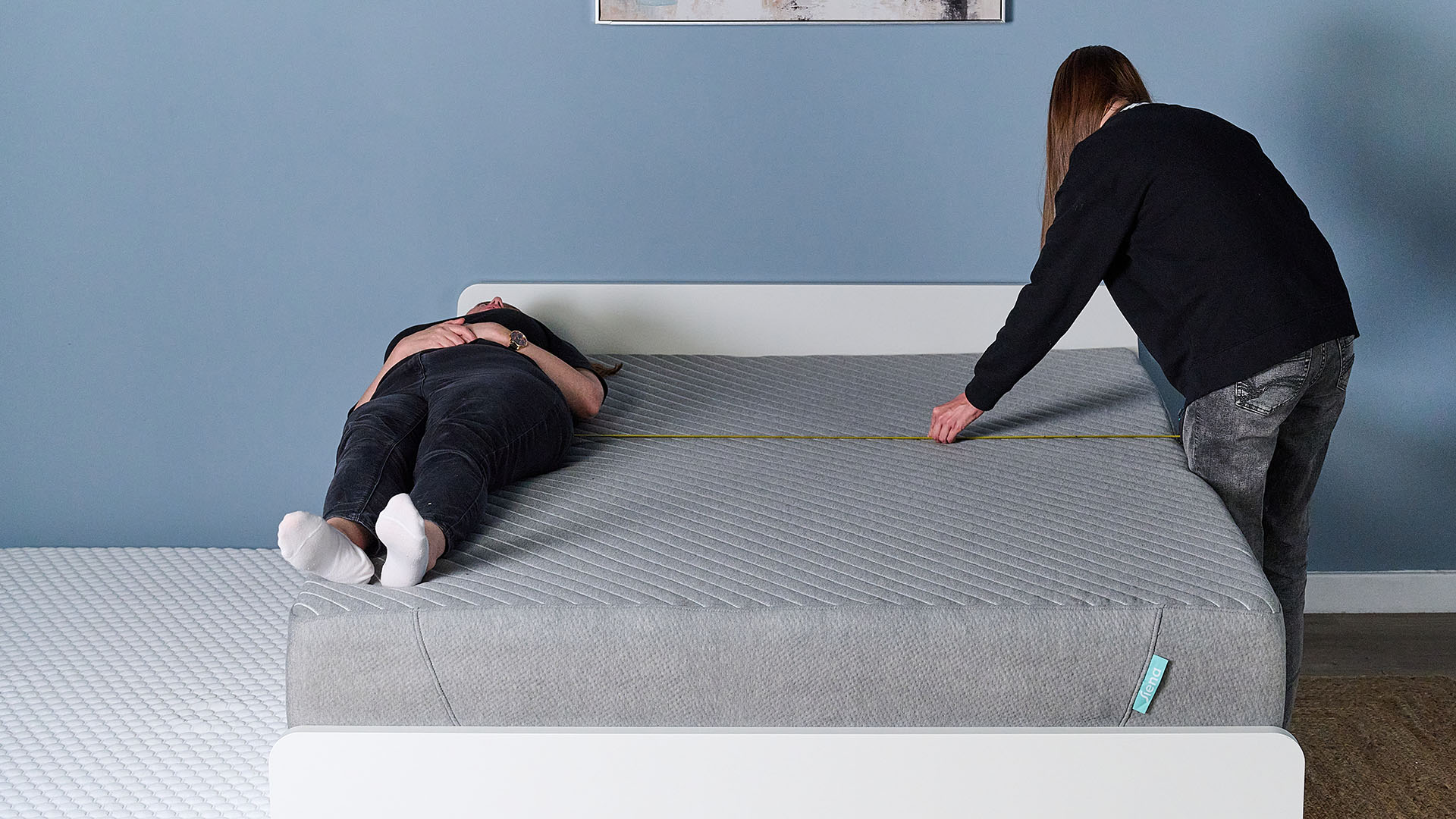

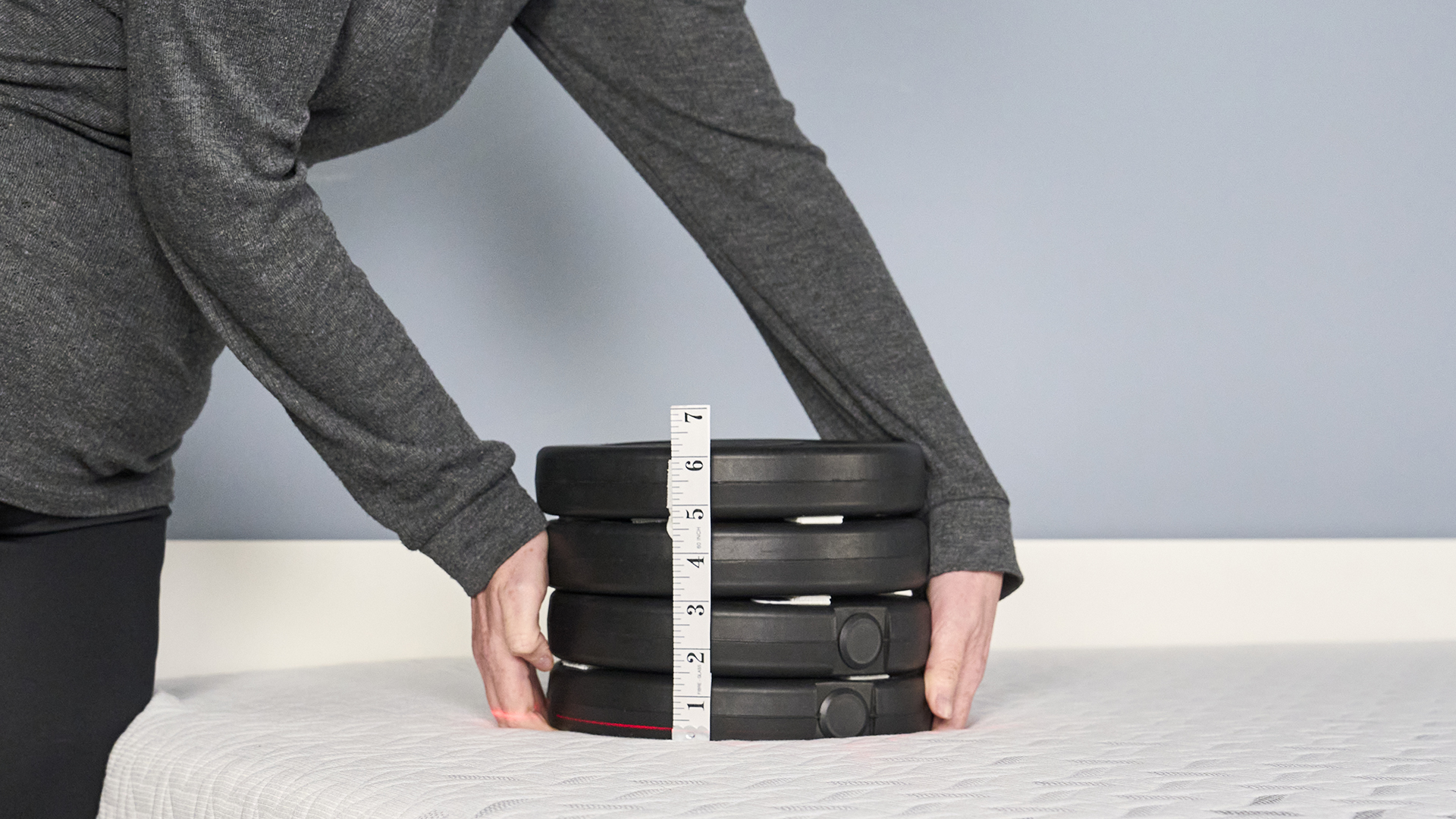
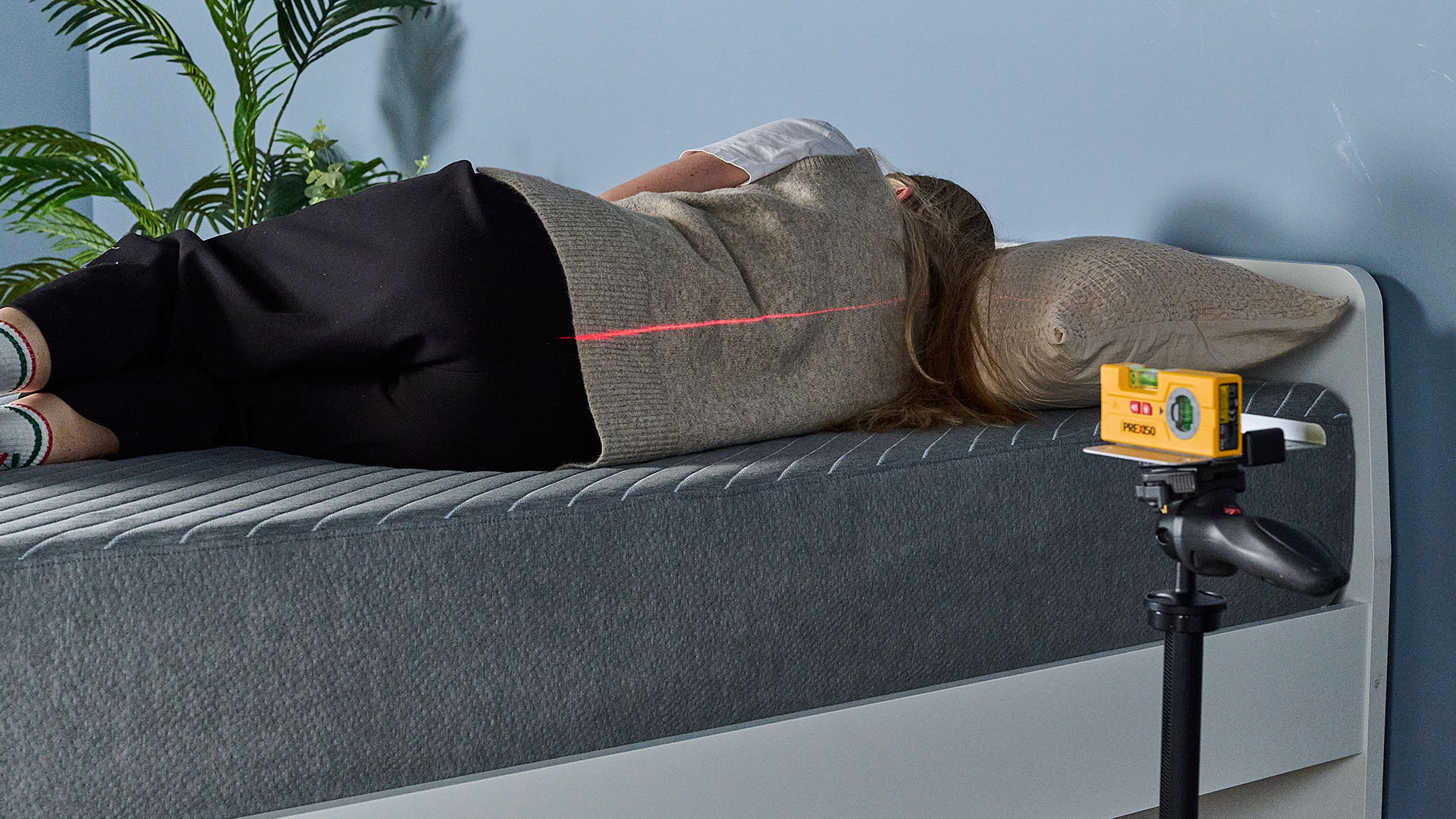
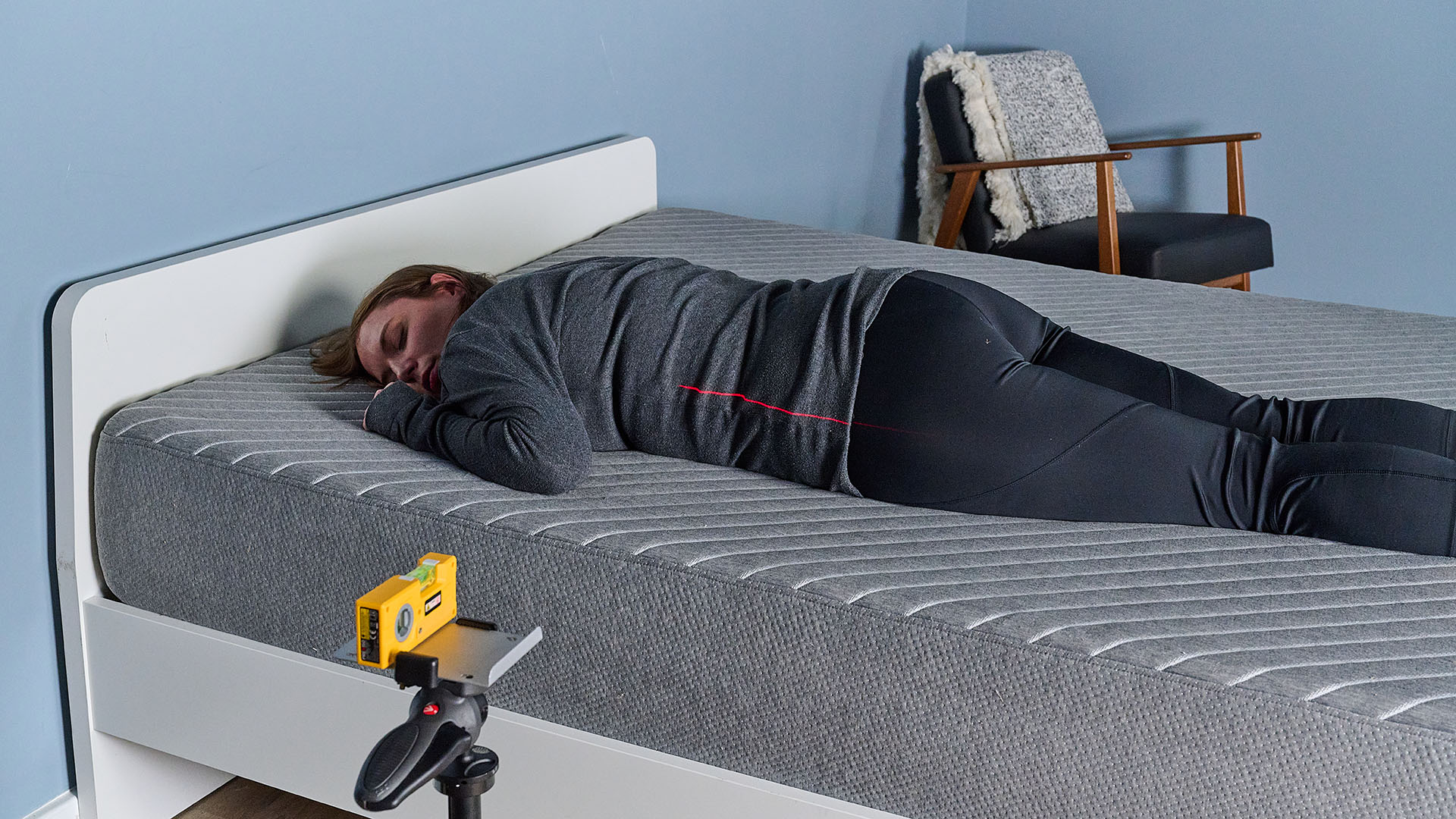
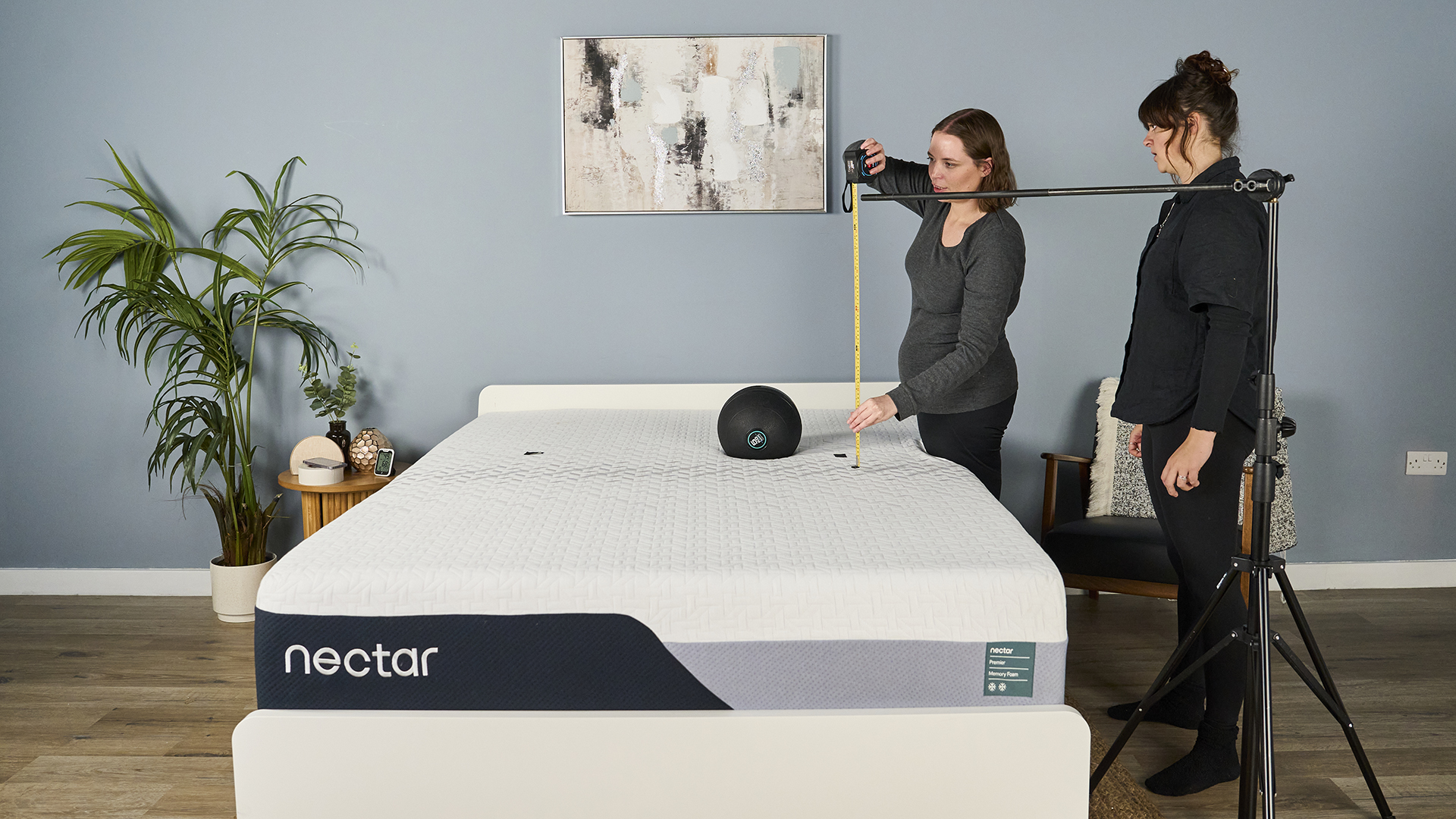
Typically, the more the weight sinks, the more contouring you can expect and the more pressure relief. A quick bounce back indicates a foam that will move with you (good for those who like to shift around) while a slow bounce back suggests a bed that will hold onto you.
To further understand comfort in each sleep position, we use a laser to observe sinkage across the body. A member of our team will lie on the mattress and we align a laser pen with their spine. After 10 minutes in position, we check the two are still in-sync. If they are, this suggests good support. If they aren't, it's likely the body will sink during the night. This can cause aches and pains.
To test motion isolation, we use a 5kg slam ball and an accelerometer. We drop the ball on one side of the bed and, using an accelerometer secured to the other side, can observe the initial impact and how long it takes for the movement to fade. Memory foam mattresses are often known for their motion isolation — with this test, we can see if that honor is earned.
We also get hands on with motion isolation tests, using standardized movement to determine how every toss and turn feels for co-sleepers. Memory foam mattresses often have less 'bounce' than hybrids, so we pay close attention to how quickly the beds can absorb motion.


Next is temperature regulation. Memory foam has a reputation for sleeping hot but we use thermal cameras to determine if this is accurate. With a tester on the bed, we record how much the mattress heats up across 15 minutes (including the center and corners of the bed.)
Once the tester has left the bed, we continue to monitor the temperature, tracking heat retention and dissipation. Because all-foam mattresses can struggle with temperature control, you'll notice several beds in this guide fall behind in this aspect — they make up for it in other ways.
We use standardized weights to understand edge support, measuring the sinkage of a 25kg weight at the foot and side of the bed. Deep sinkage indicates you might find the edge of the bed unstable to sit on.
Our 'roll off' test is another hands-on (and fun) way to understand side support — how far to the edge of the bed can we get before we go crashing down? Memory foam mattresses can often suffer from weak edges, so these tests are important for understanding the all-round support.
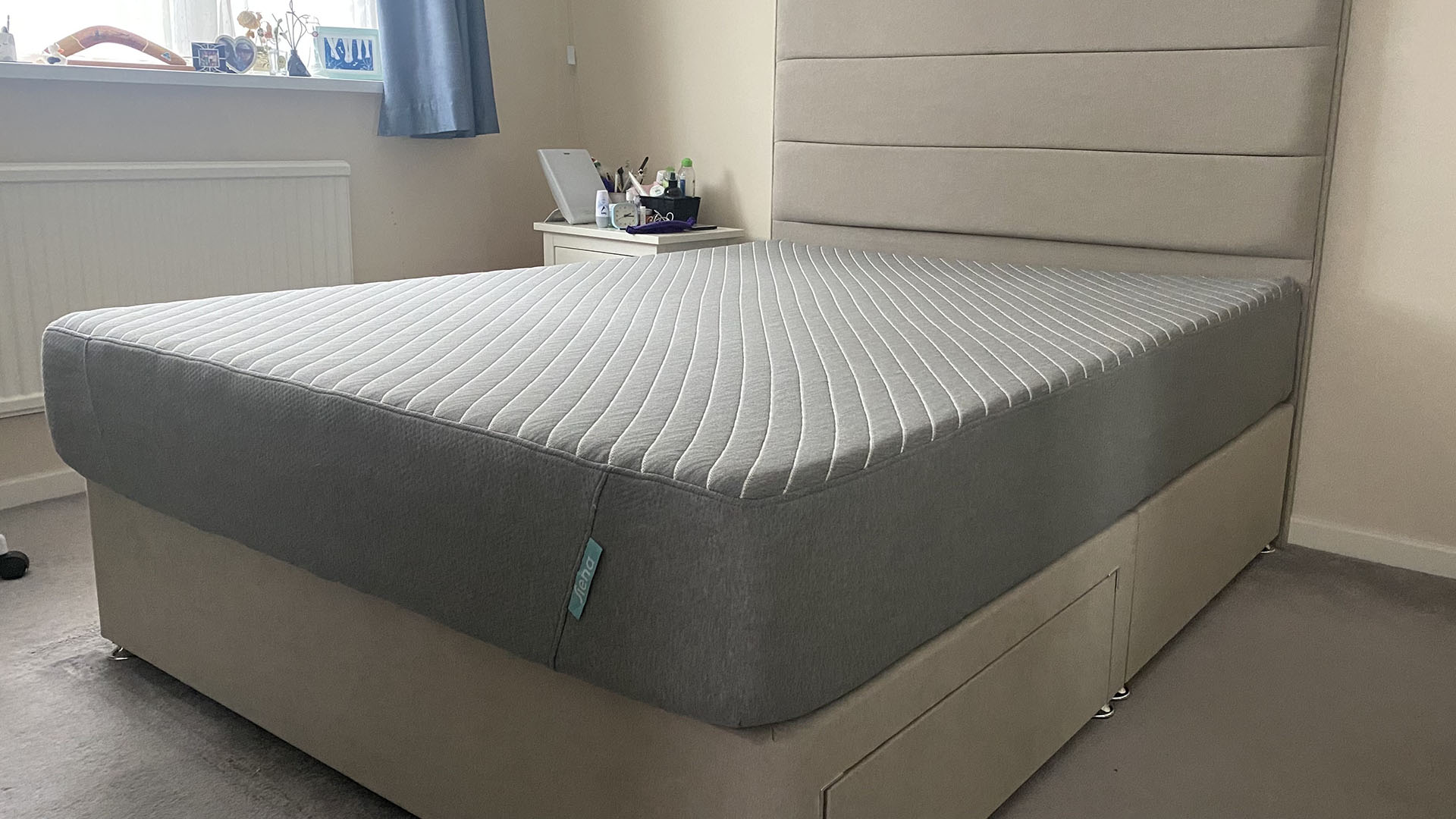
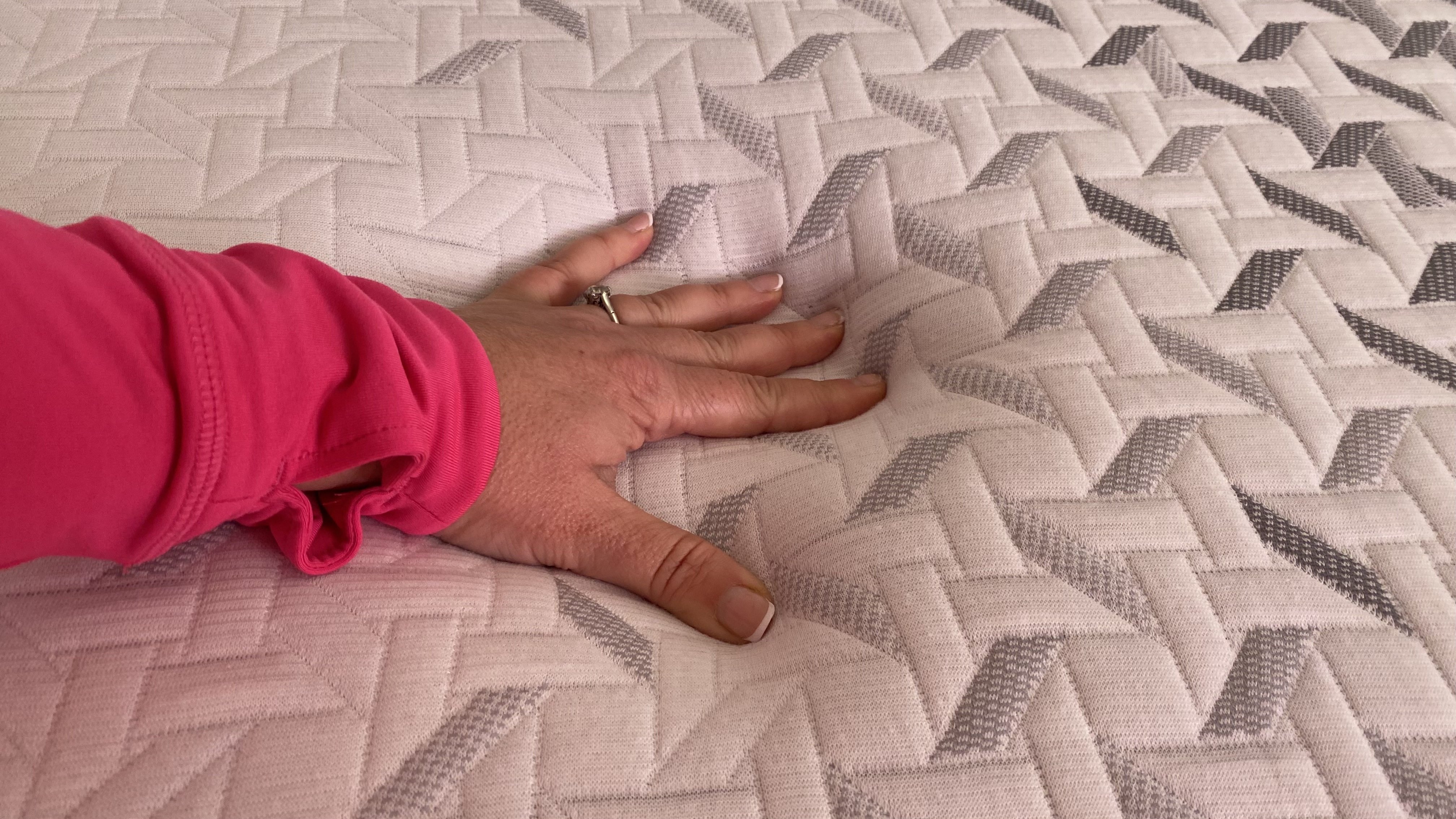




Subjective experience is still key to our process and every mattress we review is slept on at home for at least three weeks by a member of our mattress testing team. We also ask a review panel, consisting of people with different body types and sleep needs, to try the mattress for at least 10 minutes, to gather a well-rounded opinion.
This at-home testing helps us better understand how the mattress performs in real world settings. It also gives us a chance to break in the mattress — memory foam often softens with use, which can impact our comfort.
After this subjective and objective testing we rate the mattress in each performance area, using these ratings to determine our overall score out of five.
You can find out the ins and outs of our review process in our mattress testing methodology.
Memory foam mattress FAQs
How to choose the right memory foam mattress for you
Why you can trust Tom's Guide
We've tested a variety of memory foam mattresses and while the choices above all come recommended by our experienced testing team, they won't suit every type of sleep style. Here's what to consider when choosing the right memory foam mattress for you:
Sleep position
The contouring cushioning of memory foam means this material has traditionally suited side sleepers — by adapting to the hips and shoulder, the foams can eliminate pressure build-up at the touch points. If you're a side sleeper, look for a memory foam mattress that contours to your body shape.
Back and stomach sleepers can also find comfort on a memory foam mattress, although we recommend a design that prioritizes support over pressure relief. Beds made with firmer foams, such as the Plank Firm and Siena, keep the body lifted to prevent the spine from twisting during the night.
Support and comfort
The support in a memory foam mattress typically comes from the base foams. Thick and durable, these base foams should deliver an even support from head-to-toe, preventing your body from sinking too far into the bed. Support is important for every sleep style but if you're a stomach sleeper looking for a memory foam mattress, this is the feature to prioritize.
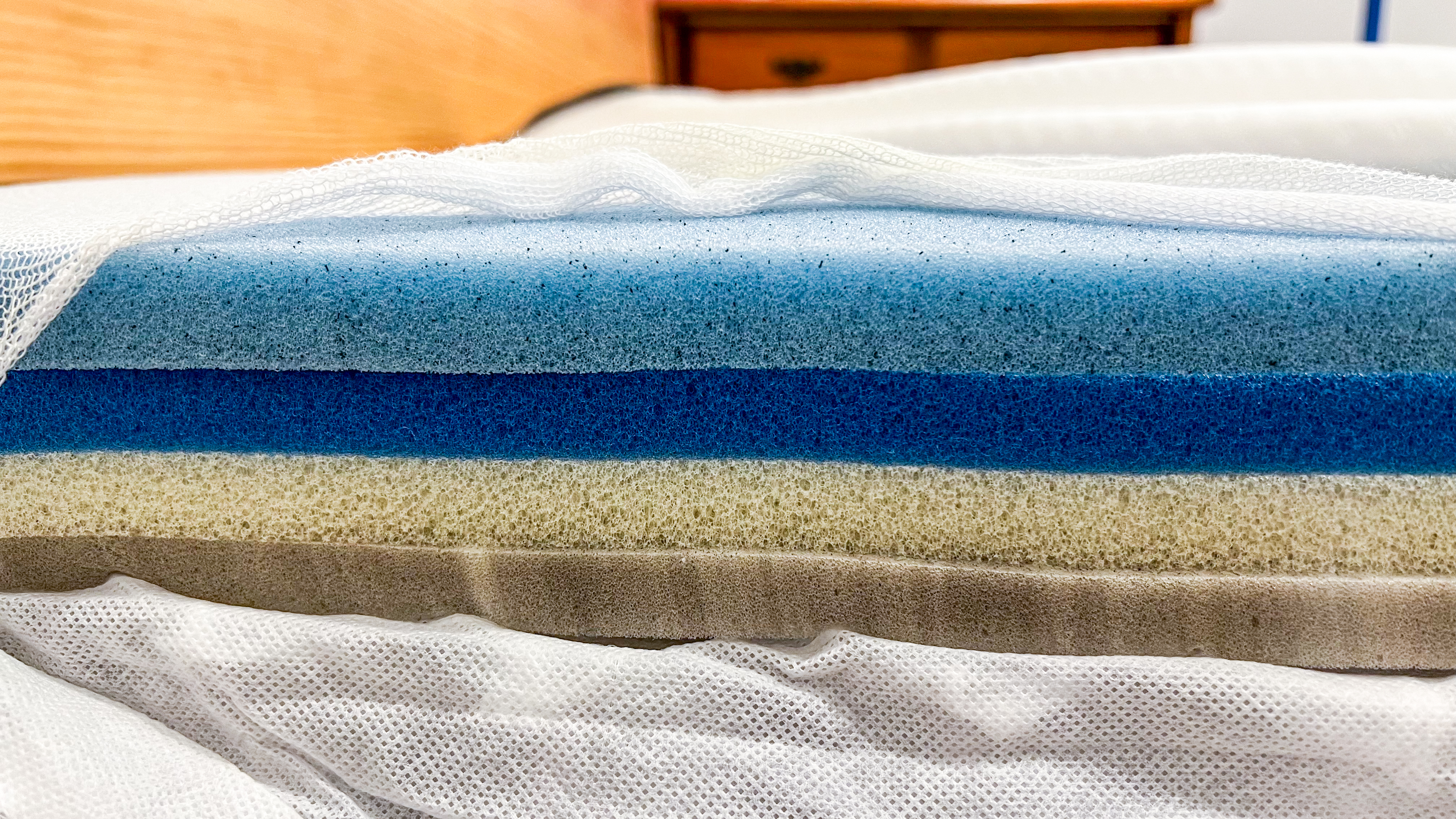
An all-foam mattress typically uses memory foam in the comfort layers — the upper layers that are responsible for pressure relief. These materials adapt to the body to evenly distribute weight and prevent pressure from building up. A must for side sleepers.
Sleep needs
Whether you share a bed with your partner or your three dogs, motion isolation is a key concern of co-sleepers. Memory foam tends to excel at motion isolation as, unlike bouncy spring beds, foams are able to quickly absorb and deaden movement.
Temperature regulation is the flip side to motion isolation — compared to hybrids, memory foam mattresses tend to have poor temperature control. While spring beds have natural airflow, all-foam mattresses can trap heat. Some brands use cooling infusions, such as copper or graphite, to help heat dissipate.

Those with reduced mobility might require a mattress with strong edge support, to aid stability when getting on and off the bed. We recommend a firmer memory foam mattress, as these typically have stronger sides.
Body type
Memory foam mattresses can suit sleepers with bigger builds, although we recommend checking the weight capacity before making your purchase. Most of the best mattresses for heavy people come with the enhanced support of springs but brands like Plank Firm have developed new options for sleepers with larger frames.
Price, trial and warranty
We consider a mattress to be an investment piece and paying more can help you enjoy better sleep for longer. There are memory foam mattresses for every budget and as a whole, all-foam beds tend to be cheaper than hybrids of the equivalent quality.
A sleep trial is important when buying a mattress online, as it allows you to test the bed at home and receive a refund if it isn't right for you. It can take a few weeks to break in a foam mattress, so be aware the feel will change with time.
Finally, a warranty provides protection against manufacturing faults and errors. 10 years is considered a standard warranty length.
How long do memory foam mattresses last?
All-foam memory foam mattresses typically have good longevity, with a well-built memory foam mattress expected to last for around six to 10 years. After this time, we recommend you replace your mattress.
Six to 10 years is considered the standard lifespan of a mattress, although mattresses made with latex foams will typically last longer than this. All-foam mattresses as a whole tend to have better durability than hybrid and innerspring mattresses, but foam density has a major impact on lifespan.
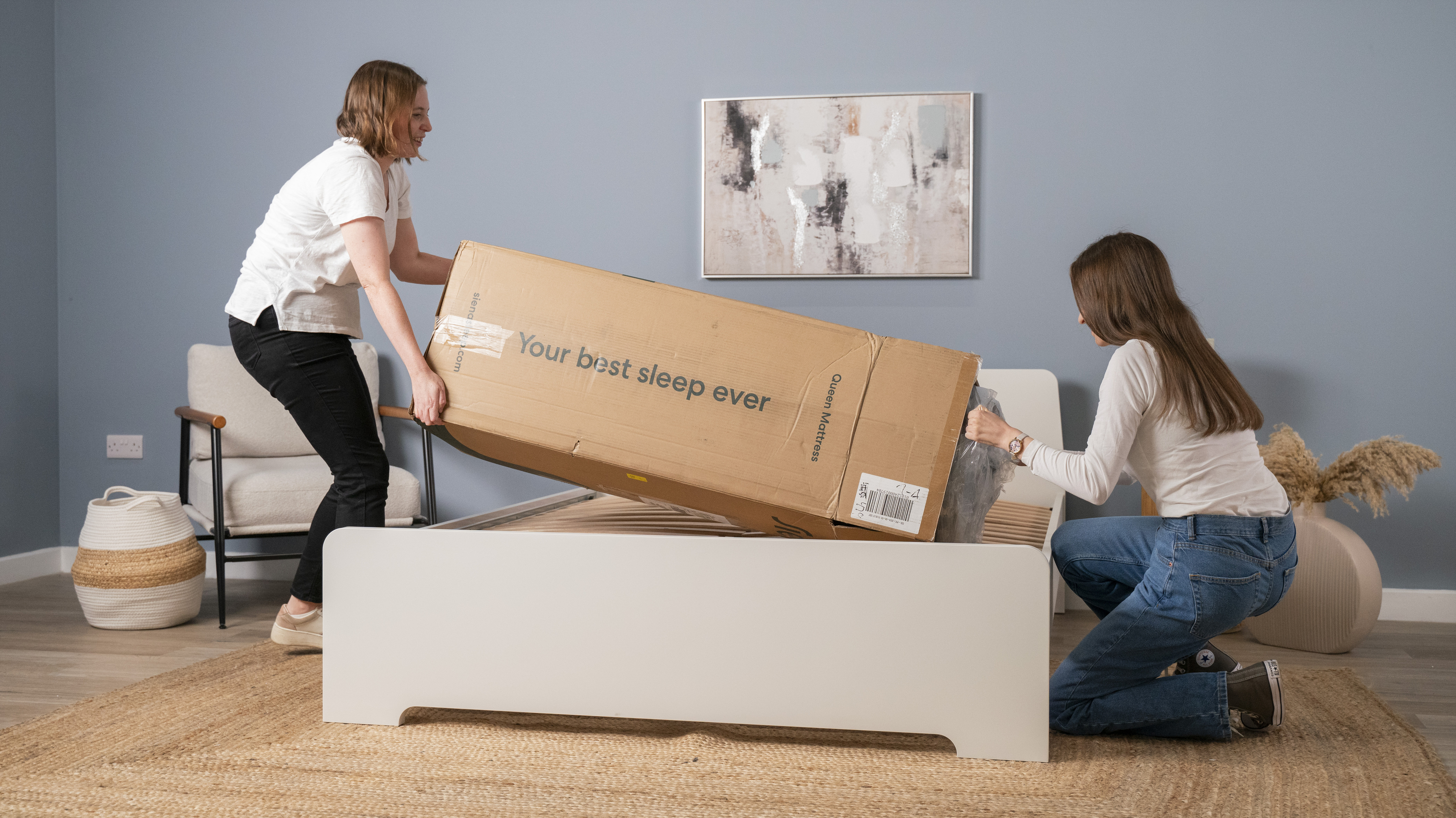
High density foams literally pack more material into the foam, resulting in increased strength and durability to maintain comfort for longer.
However, eventually the consistent application and release of pressure will cause even the best foam mattresses to sag. When this happens, you need to replace your memory foam mattress.
How do you clean a memory foam mattress?
Taking good care of your memory foam mattress can prolong its lifespan. We recommend regular light cleaning to prevent the build-up of dust and sweat, with occasional deep cleans to keep your mattress free of dust mites and other pests.
To keep your memory foam mattress clean, air it regularly; simply strip back the covers in the morning to allow moisture to escape. We also suggest vacuuming your mattress roughly once a week — a specialist mattress vacuum can help you get into the corners but the furniture attachment on your household vacuum is a useful alternative.
Moisture can damage a memory foam mattress so be sure to blot any spills immediately. We also recommend a light touch during stain removal; avoid soaking the bed as trapped moisture can cause mold.
For more information, check out our guide to deep cleaning a mattress.
Get instant access to breaking news, the hottest reviews, great deals and helpful tips.

Claire is a Certified Sleep Science Coach and the Managing Editor of Sleep at Tom's Guide. She curates our mattress guides and oversees our rigorous mattress testing procedures. Claire has over 16 years' product review experience and is connected to a wealth of globally renowned sleep experts including mattress designers and buyers, neuroscientists, and doctors of sleep medicine. As the Managing Editor of our Sleep and Mattress Team, Claire is responsible for all mattress and sleep content published on Tom’s Guide and is our expert on Saatva, DreamCloud, and Nectar mattresses. Claire is also certified to advise people on how to choose a mattress that suits their needs and budget, as well as helping them to create a nighttime routine and bedroom environment that helps them sleep better.
- Ruth JonesSenior Sleep staff Writer
